Welcome to Valencia! You’ve arrived seeking a Valencia travel guide, hoping to pinpoint the things to do in this sun-kissed coastal gem of Spain. Maybe you’re drawn by the lure of paella at its birthplace. Or enticed by futuristic architecture nestled beside medieval towers. Possibly you just want a break from tourist-clogged spots like Barcelona. Somewhere more relaxed yet just as captivating. This post aims to cover it all. From ancient markets to modern science centers, plus tips for food, lodging, and day trips.

Yet planning a Valencia trip can spark questions. How do you taste authentic paella without falling into a tourist trap? Which neighborhoods balance charm and convenience, especially if you’re new to Spanish? And how do you juggle seeing the city’s medieval core, seaside vibes, and cutting-edge structures in a short stay? There’s the matter of language, too—some local spots might speak limited English. This travel guide will address those anxieties, offering curated suggestions to simplify your itinerary.
Our Travel Video From Valencia, Spain on Samuel and Audrey YouTube channel: Nomadic Samuel + That Backpacker hosting
Why Valencia?
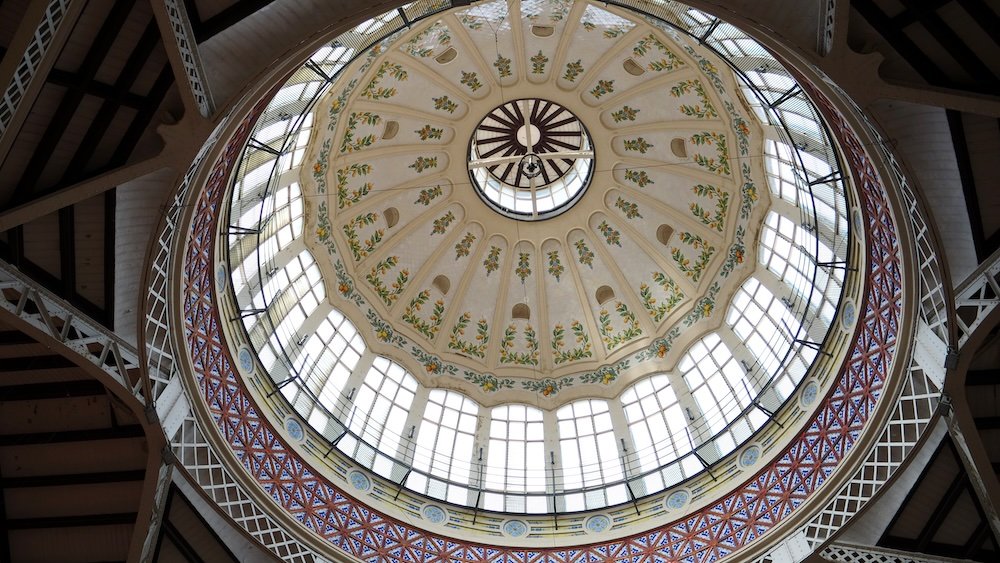
Whether you’re a backpacker on a budget, a couple seeking romantic dinners by the Mediterranean, or a history buff chasing Moorish relics, Valencia accommodates your style. Families enjoy the city’s open green spaces and kid-friendly museums. Digital nomads appreciate the modern amenities plus warm climate. We’ll highlight a broad range of activities.
Picture yourself at a sidewalk café near the Plaza de la Reina, sharing a pitcher of agua de Valencia (citrus-based cava cocktail). You’re pondering how to time your museum visits, navigate local buses, or pick an affordable yet scenic paella joint by the harbor. Ready to explore? Let’s dig into the top things to do in this dynamic city.
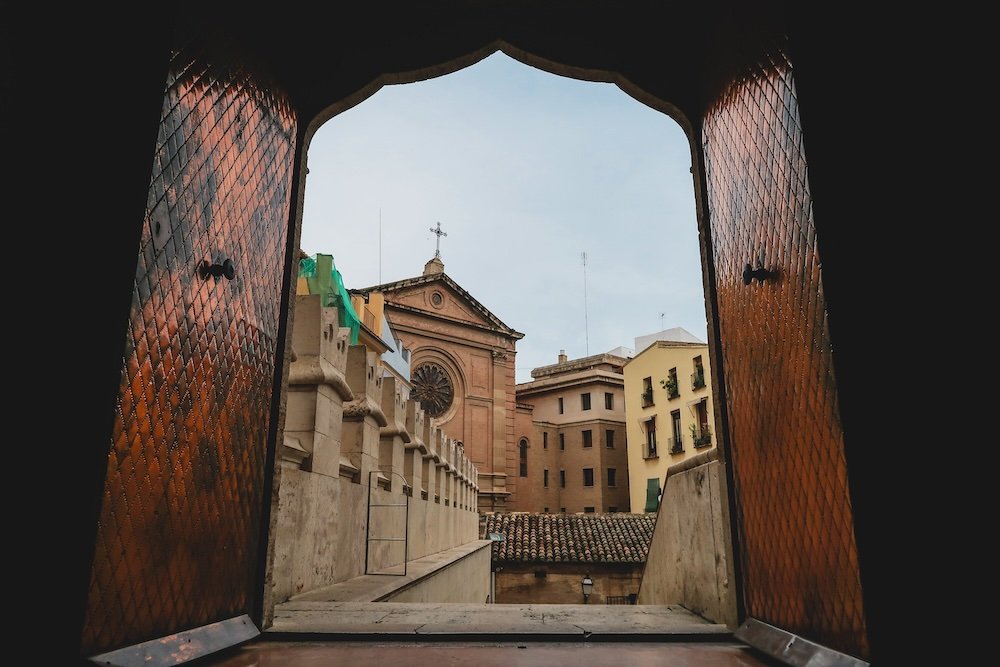
Cultural Experiences in Valencia
The first cultural attraction that you should see in this Spanish city is Valencia Cathedral, which is home to one of the purported homes of the Holy Grail that was used by Jesus at The Last Supper.
In addition to housing this alleged Christian relic, this church is interesting enough on its own, as it was converted from a mosque that used to be a Visigothic Cathedral prior to the rise of the Moors.
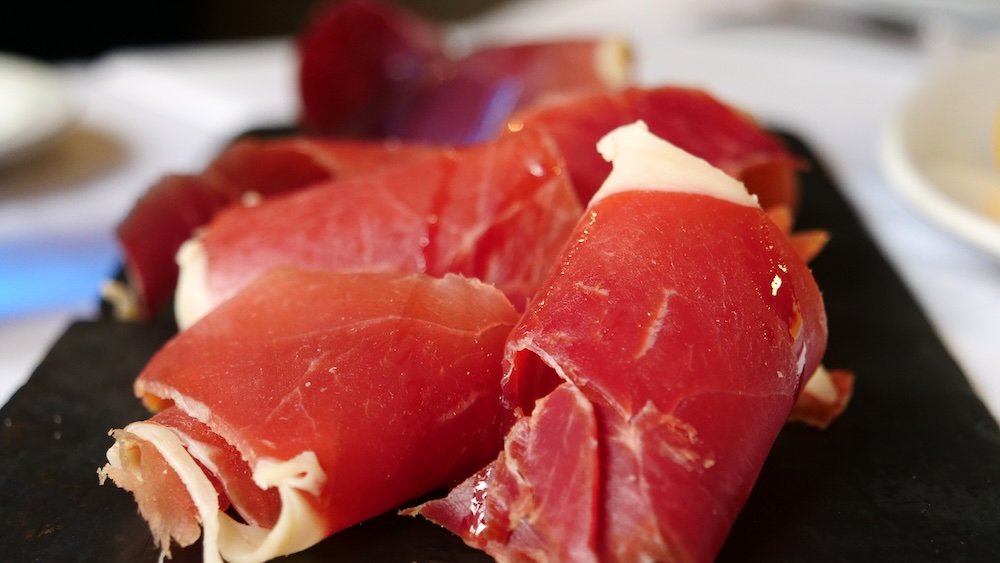
Boasting no less than five different architectural styles due to its constant renovations and additions over the centuries, simply strolling through this sacred place is a joy, but do take care to admire some of the paintings found within, as they date back to the 15th century.
Situated on the Mediterranean Sea, Valencia has had a long history of being a merchant city. The Llotja de la Seda, or Silk Exchange, was ground zero for trading of products that included much more than just the delicate cloth that was the number one import that passed through its halls.
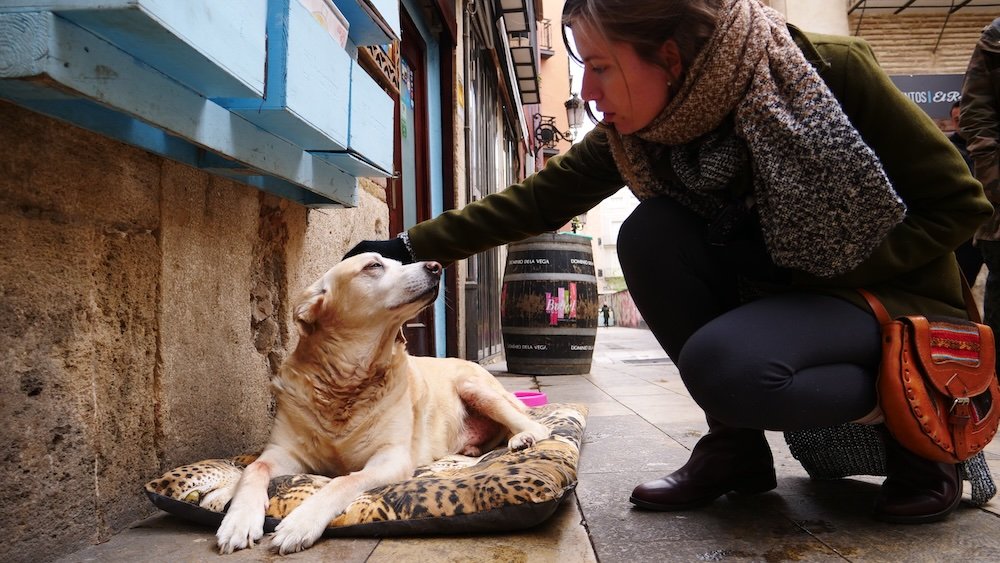
Other Cultural Experiences
These days, the hustle and bustle that reigned on its floors has been replaced by the clicking of cameras and the idle chatter of foreign tourists, but the carved pillars, chandeliers, and stone gargoyle still make this UNESCO World Heritage Site well worth visiting.
In centuries past, Valencia used to be surrounded by a very robust city wall. While the vast majority of this fortification was removed after they became ineffective versus advancing technology, one gate, the Torres de Serranos, was preserved, as it served an important purpose as a prison, starting in the late 16th century.
Its photogenic ramparts make for an excellent photo opp, both out in front, and from its highest reaches. It is also a focal point for public events, so keep your eyes open to see if anything is going on while you are there.
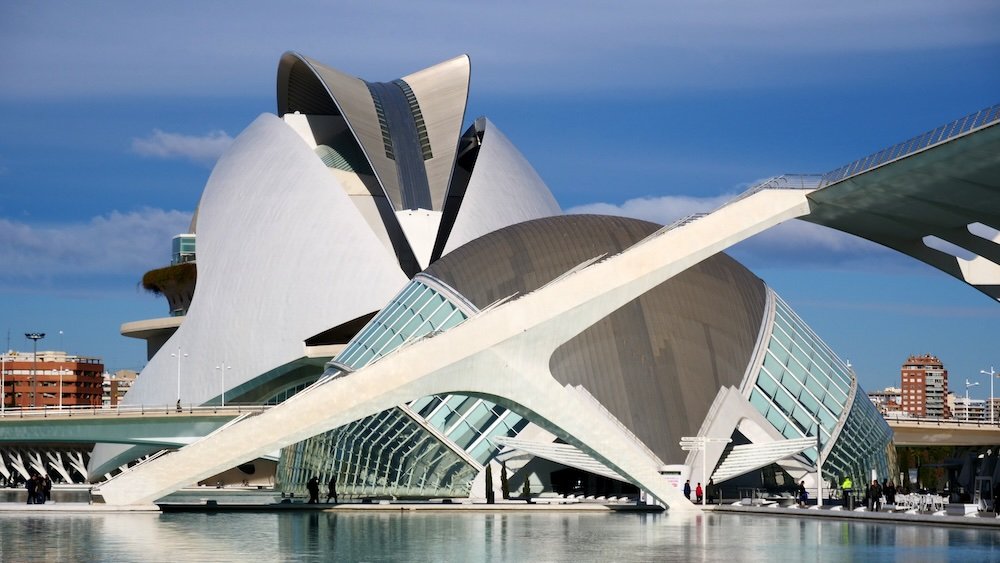
Other Attractions in Valencia
While Valencia has its fair share of cultural attractions, it is its modern offerings that has put it on the map in recent years.
The ambitious and beautiful City of Arts and Sciences is a must for visitors to the area; once you see a picture of this complex on the web, or see it with your own eyes on arrival, you will understand why.
Built as the cornerstone development after the re-development of the old, dried up course of the River Turia, this glass and steel dominated development contains seven different attractions under its roof:
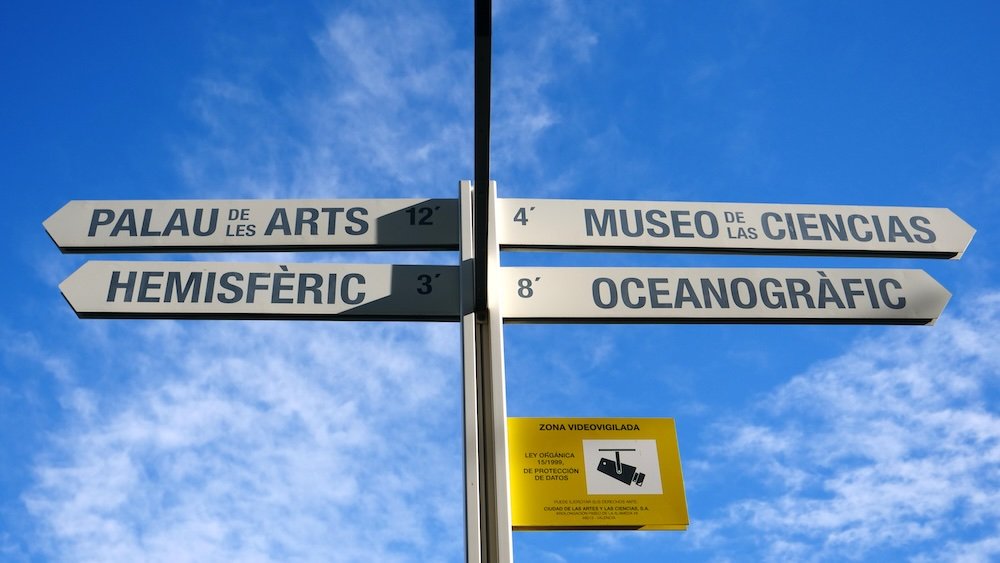
- L’Hemisfèric is a planetarium/laserium and an IMAX cinema
- El Museu de les Ciències Príncipe Felipe is a 40,000 square metre interactive science museum
- L’Umbracle is an indoor botanical garden with sculptures mixed in with a varied collection of flowers and trees
- L’Oceanogràfic is an aquarium that is the largest of its kind in Europe, with environments running the gamut from tropical to polar
- El Palau de les Arts Reina Sofia is an opera house and performing arts space
- El Pont de l’Assut de l’Or is a suspension bridge that is high up in the complex that is the highest point in Valencia at 125 meters above the ground
- L’Àgora is a plaza that is frequently used for sporting events and concerts
In short, not not leave town without spending a half day here.
Our Travel Food Vlog From Valencia, Spain on Samuel and Audrey YouTube channel: Nomadic Samuel + That Backpacker as hosts
More Attractions
Those that wish to experience the oldest continuously operating food market in Europe need only check out Mercado Central.

Here, you can sample produce, cheese, meat, seafood and prepared food at over 900 stalls, or you can simply stand back and watch the residents of Valencia get the ingredients that they need to prepare their dinner that night.
Finally, those that have the stomach to witness a long running (but brutal) aspect of Spanish culture should buy a ticket to a bullfight at Plaza de Toros de Valencia. Built to house over 10,000 spectators, you’ll be able to witness the drama, beauty and violence that mark one of Spain’s most notorious entries in the history of sport.
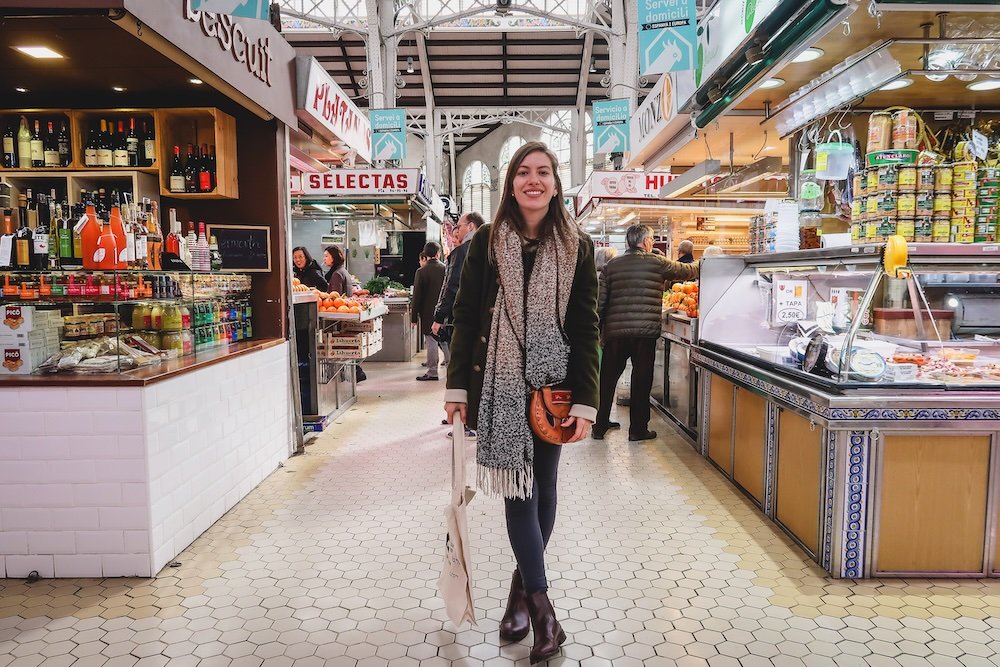
Top 20 Things To Do in Valencia, Spain For Visitors
Below, find 20 recommended activities capturing Valencia’s essence.
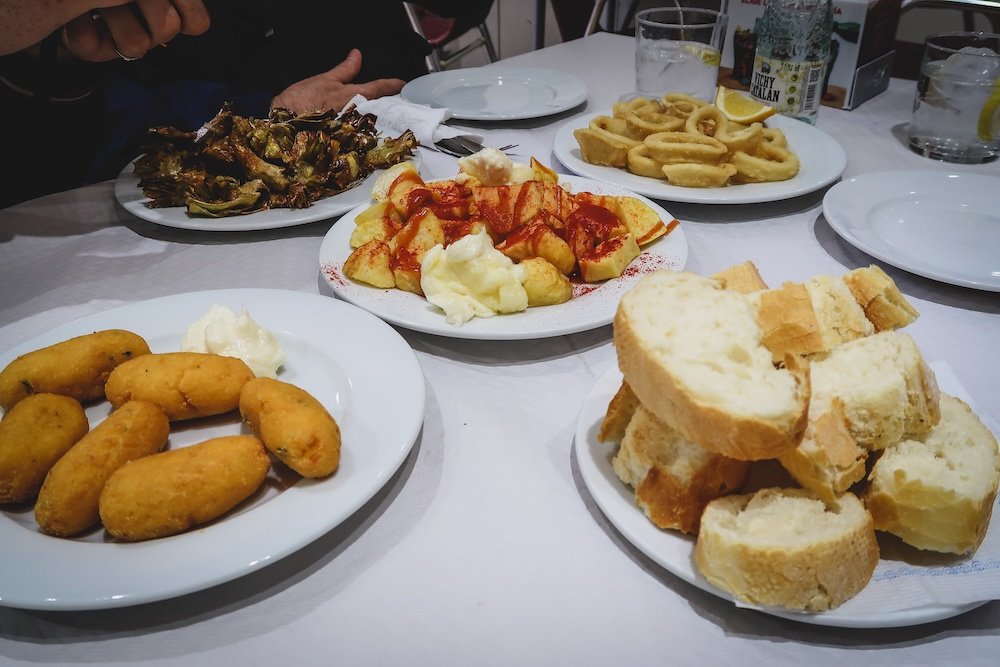
1) Eating Tapas in Valencia
Tapas culture permeates Spain, and Valencia is no exception. You’ll stumble upon countless bars serving small plates of patatas bravas, grilled squid, or jamón ibérico. Locals often hop from one spot to another, sampling a dish or two at each, washing them down with beer or vermouth. Socializing is integral—Spaniards linger, chat, and nibble unhurriedly. The variety can be overwhelming, but that’s half the fun. Embrace the chaos, devour the flavors, and let each bite connect you to local tradition.
- Some bars also serve “montaditos”—small sandwiches with creative toppings.
- Look for daily specials; chefs experiment with seasonal produce.
- Tapas might be free with a drink in certain places, though it’s less common than in southern Spain.
Tip: Don’t fill up in your first bar. Hop around for maximum variety.
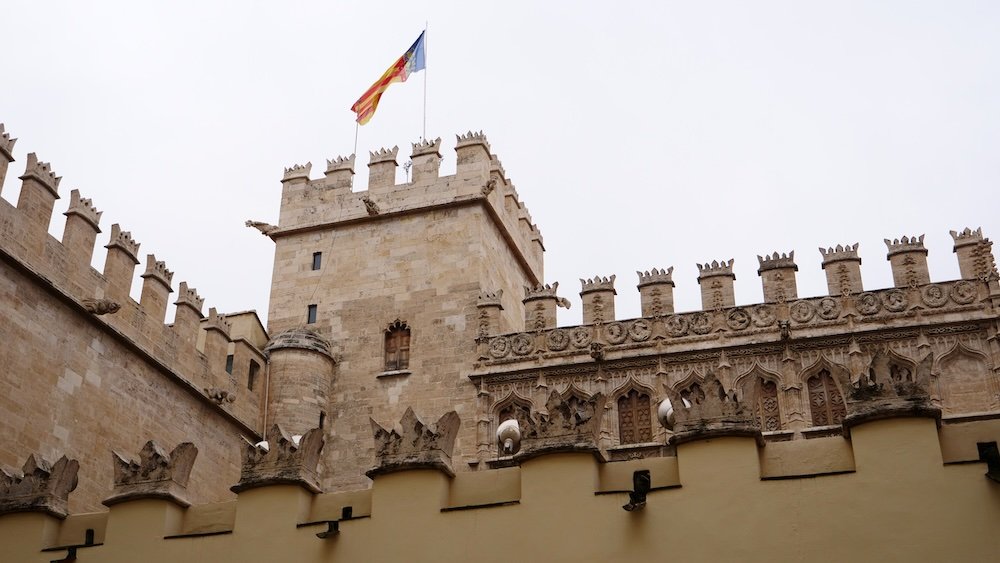
2) Silk Exchange (Lonja de Seda – Llotja de la Seda)
A UNESCO World Heritage Site, the Silk Exchange stands as a Gothic marvel showcasing Valencia’s wealthy mercantile past. Step inside and marvel at the columns spiraling toward vaulted ceilings, reminiscent of twisted palm trunks. Built in the 15th century, it was a crucial hub for trading textiles, especially silk. Even centuries later, the architecture impresses, with the main hall’s solemn grandeur hinting at the commerce bustle that once echoed. Wander the courtyard, admire carved details, and absorb a sense of living history. It’s a testament to the city’s centuries-long involvement in global trade.
- The building’s main chamber, known as the Sala de Contratación, is the highlight.
- Admission is usually modest, often with guided audio or pamphlets.
- Keep an eye out for dragons or mythical motifs in the stonework.
Tip: Visit mid-morning to avoid midday heat, allowing you to linger without crowds.
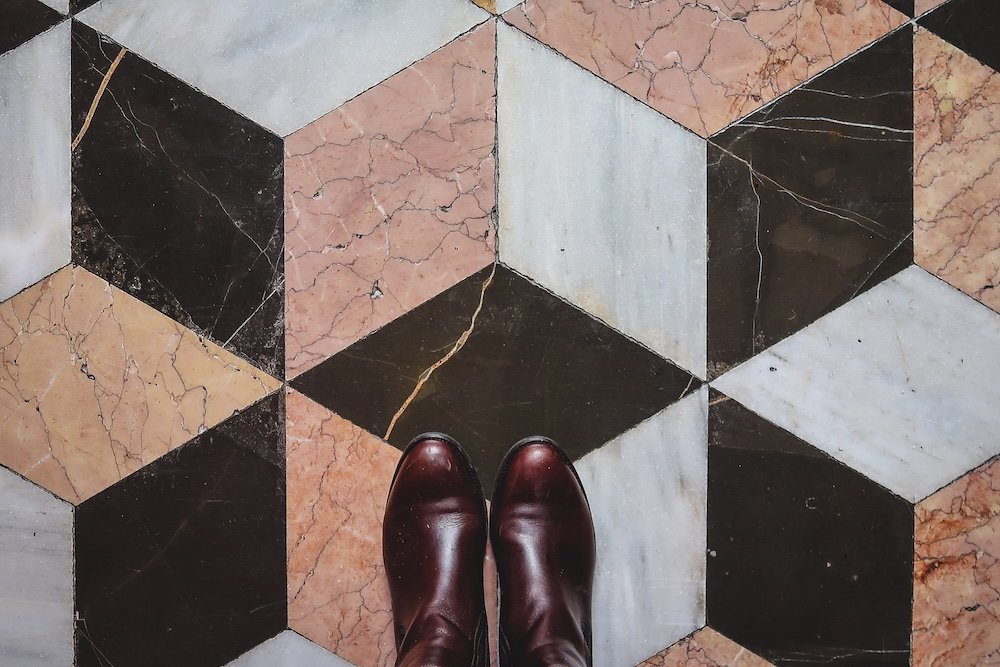
3) Explore the Old Quarter (Ciutat Vella) + Bell Tower of Valencia (El Miguelete)
Valencia’s Ciutat Vella weaves medieval alleyways, centuries-old churches, and quiet plazas. Stroll cobblestone paths brimming with boutiques, cafés, and artisan shops. The city’s main cathedral anchors the area, and its bell tower, El Miguelete, beckons you to climb the spiral stairs. At the top, 360-degree city vistas reward your labored breathing. The old quarter seamlessly melds ancient structures with modern flair, so expect to see hip bars housed in medieval nooks. You’ll sense a rich layering of Roman, Moorish, and Christian influences in every corner.
- Consider a local walking tour to glean hidden anecdotes about each alley.
- Some restaurants here serve “menú del día” lunches—affordable three-course deals.
- Street art might surprise you on certain walls if you keep your eyes up.
Tip: Climb El Miguelete on a clear day for photos capturing rooftops blending with Mediterranean skies.
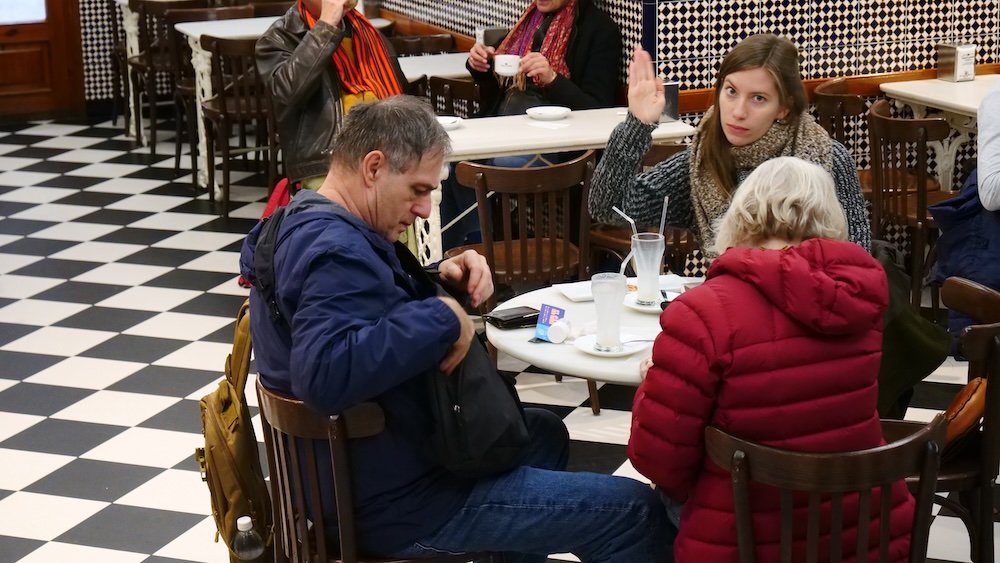
4) Horchateria de Santa Catalina (Horchatería Santa Catalina)
Renowned for its timeless ambiance, Horchatería Santa Catalina has served sweet horchata for centuries. The drink, made from tiger nuts (chufas), offers a refreshing respite from Valencia’s sun. Locals accompany it with fartons, elongated pastries perfect for dunking. The café’s interior sports colorful azulejo tiles, exuding a traditional charm. It’s busy on weekends, so arrive prepared to queue or share a table. Taking a moment here feels like stepping into the city’s gastronomic past.
- Horchata can be sweet—some prefer adding extra sugar, but many find it perfect as is.
- Fartons soak up the horchata fast—eat them quick or they get soggy.
- Some variants add cinnamon or lemon zest to the drink.
Tip: Try the iced horchata if you want an even cooler treat on sizzling days.
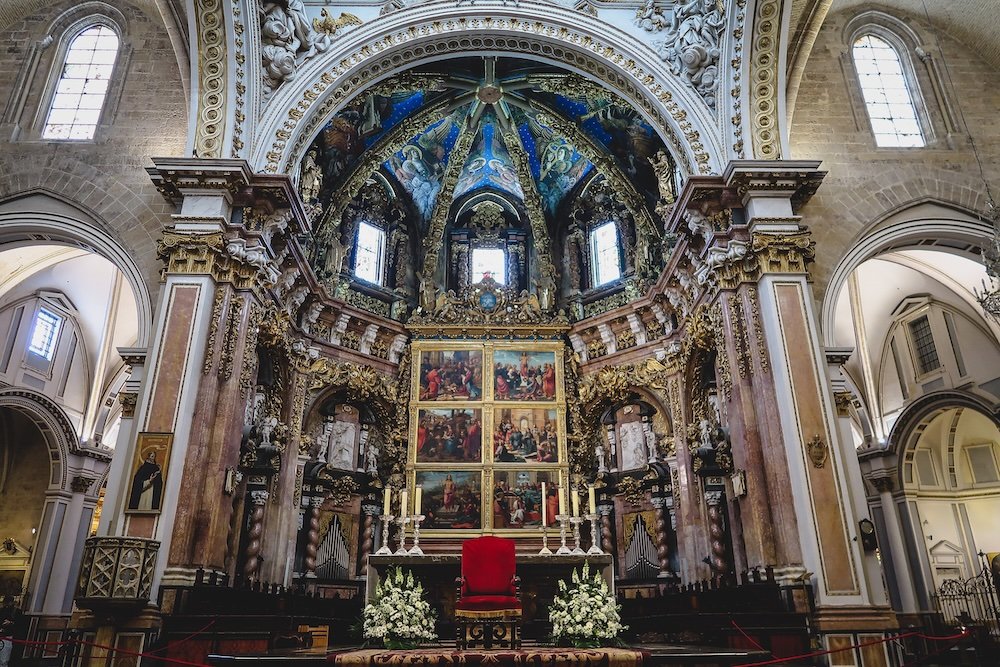
5) Valencia Cathedral and Holy Grail
Legend says the Valencia Cathedral houses the Holy Grail, the chalice that Jesus allegedly used at the Last Supper. That alone lures pilgrims and curious travelers. Inside, you’ll see a mismatch of architectural styles—Gothic, Baroque, Romanesque—reflecting centuries of expansions. The “Holy Grail” stands in a dedicated chapel, displayed behind glass. Many visitors feel a hush stepping into that space, whether they believe the legend or not. Outside, the cathedral’s main door overlooks a lively square perfect for relaxing post-visit.
- A small fee usually applies for entry—audio guides expand on each chapel’s story.
- If you want to see the Holy Grail up close, plan your visit on less-crowded weekdays.
- The cathedral’s museum holds art treasures from various eras.
Tip: Attend a short mass if you want to observe local devotion, but check times on the official schedule.
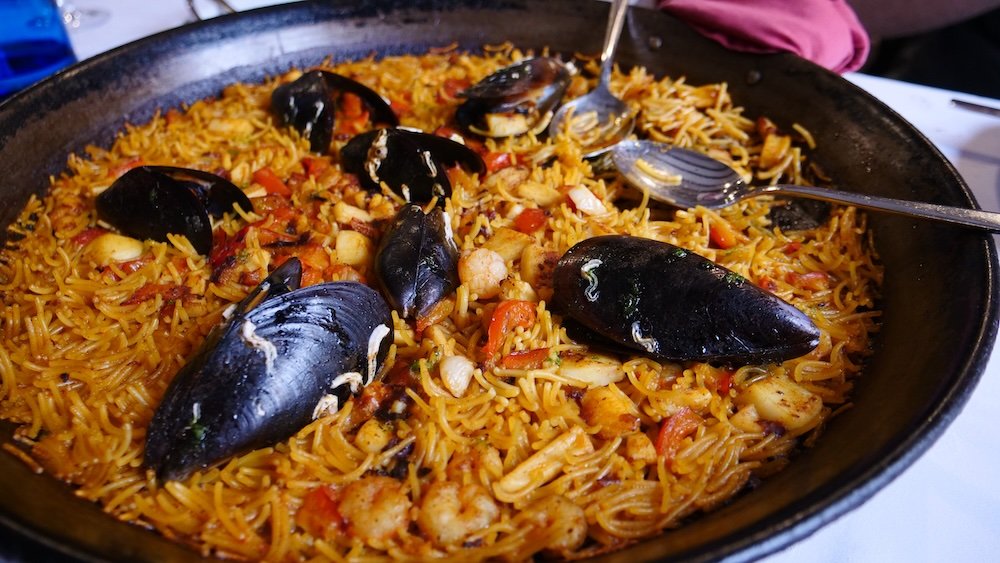
6) Eating Paella Valenciana in Valencia
Paella hails from Valencia, so indulging in the authentic version is non-negotiable. Typically made with chicken, rabbit, green beans, and sometimes snails, it’s a far cry from the touristy “seafood rice” served elsewhere. You’ll notice the saffron hue and a slightly crispy layer of rice at the pan’s bottom, known as socarrat. Locals prefer midday paella, often around Sunday lunch. Good spots use wide pans over open flames, letting the flavors meld slowly. Savor each spoonful and realize why Valencia claims world rights to paella mastery.
- Don’t be fooled by restaurants listing multiple paella flavors pre-cooked—fresh is key.
- If you see “paella mixta,” that’s a tourist-friendly version mixing seafood and meat—less traditional.
- Some places require at least two portions; paella is meant to be shared.
Tip: Ask for extra lemon to squeeze on top, a local finishing touch that brightens the flavors.
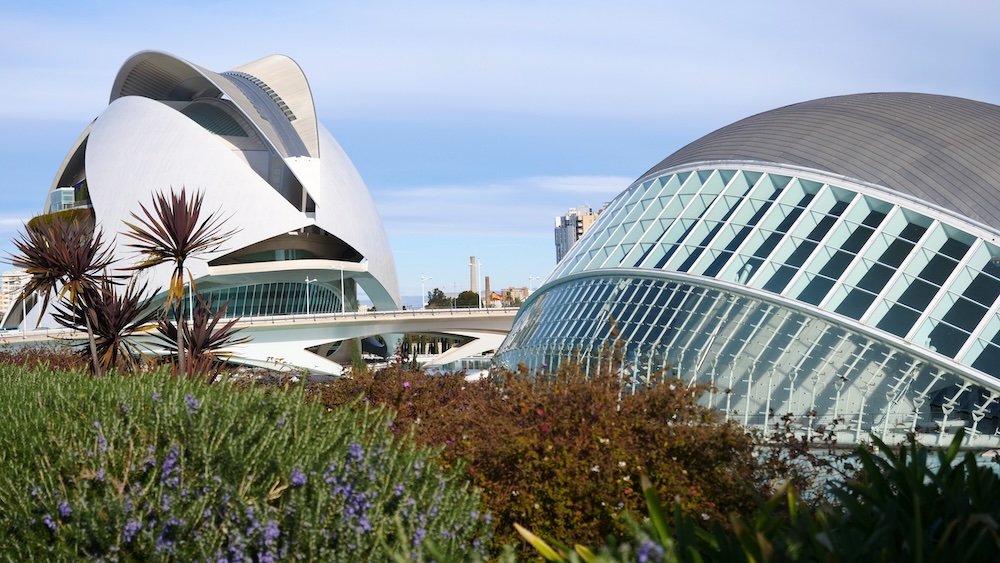
7) City of Arts and Sciences (Ciutat de les Arts i les Ciències)
A futuristic complex designed by architect Santiago Calatrava, the City of Arts and Sciences epitomizes modern Valencia. Its sleek white curves envelop museums, a planetarium, and an aquarium known as L’Oceanogràfic. Wander around the turquoise pools, admire reflective surfaces, or catch an IMAX show at the hemispheric cinema. The open areas attract photographers, skateboarders, and families exploring interactive exhibits. It’s a stark contrast to Valencia’s Old Town, making it a must for travelers intrigued by contemporary architecture. Plan a half-day at least, especially if you want to see multiple exhibits thoroughly.
- The Oceanogràfic is Europe’s largest aquarium, with marine life from various global ecosystems.
- Combo tickets can save money if you plan to visit multiple attractions inside the complex.
- Nighttime illuminations highlight the structures’ curves under colored lights.
Tip: Browse official event listings—sometimes concerts or special presentations happen on the water pools for a surreal experience.
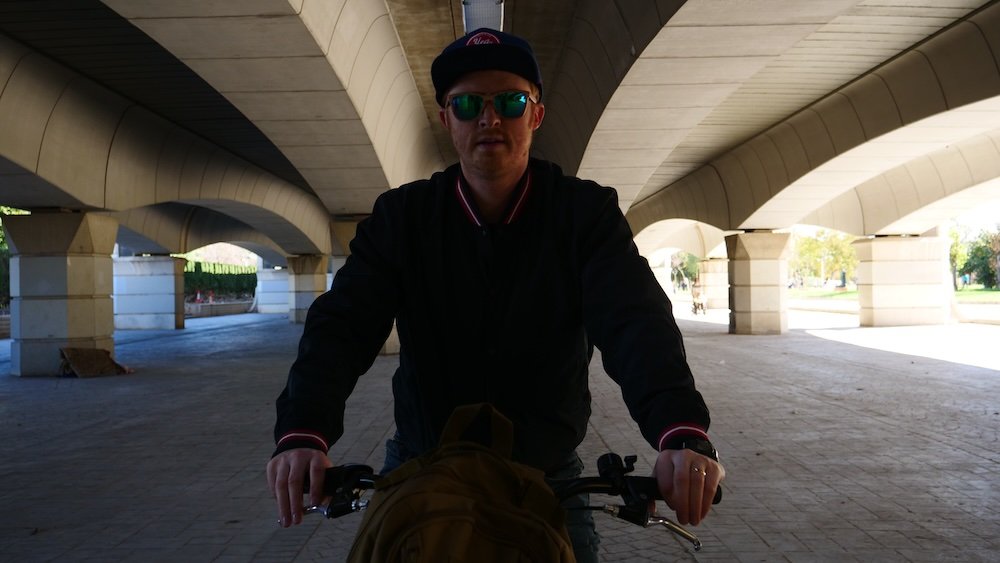
8) Bike Ride through Turia Park (Jardí del Túria – Jardín del Turia)
The former Turia River bed was rerouted after a flood, leaving a vast green swath weaving through Valencia. Now, Turia Park invites joggers, cyclists, and picnickers to traverse its scenic lanes. You can rent a bike from numerous outlets near the entrances. Riding under stone bridges, passing fragrant gardens, you’ll sense how this massive park unifies the city. At certain points, playgrounds or sculptures appear, adding variety. The path eventually leads to the City of Arts and Sciences, so it’s a perfect scenic route.
- Some sections have small ponds or sports fields—join or watch local pick-up games.
- Watch pedestrians; weekends can be bustling with families.
- Drinking fountains dot the route—stay hydrated.
Tip: Pick an early morning ride in summer to beat midday heat and enjoy the crisp morning breeze.
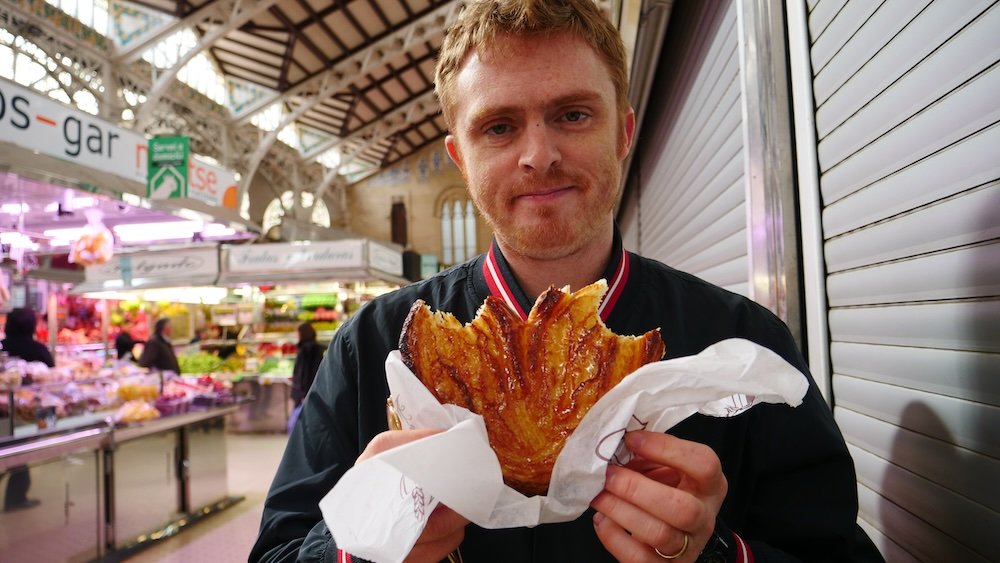
9) Valencia Mercado Central (Mercado Central de Valencia – Mercat Central)
Housed in a grand modernist building, the Mercado Central is a feast for your senses. Over a thousand stalls overflow with fresh veggies, cheese, jamón, and exotic fruit. The place bustles daily, except Sundays, with local chefs or casual shoppers perusing the best produce. Intricate tile patterns and stained-glass windows highlight the building’s architectural splendor. Sample local specialties—cured ham, sweet pastries, or fresh-squeezed orange juice. Even if you buy nothing, the atmosphere alone compels you to linger.
- Some stalls offer vacuum packing if you want to bring goodies home.
- Early arrivals get the top picks; by afternoon, certain items might sell out.
- Many vendors speak basic English, but pointing or minimal Spanish helps.
Tip: Snack on a jamón sandwich while exploring—delicious energy to fuel deeper market wanderings.
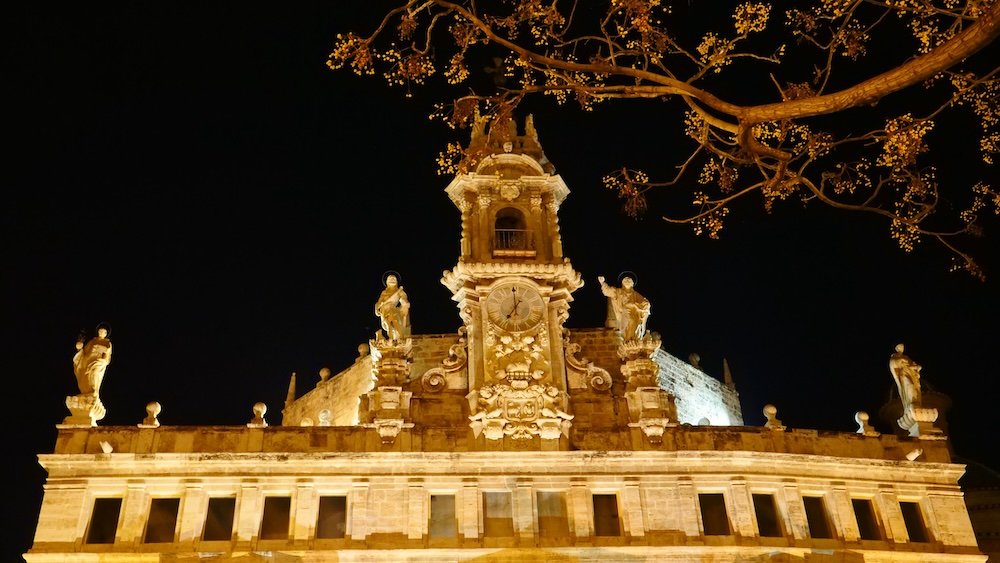
10) Valencia at Night
After sunset, Valencia transforms into a lit-up wonderland. Streets hum with diners, bars fill with chatter, and historical buildings glow softly. The cathedral, Lonja, and City of Arts and Sciences take on a magical vibe under strategic spotlights. Music drifts from squares or local clubs, offering everything from flamenco to electro beats. Stroll along the Turia or meander the old quarter for romantic vibes. You’ll discover that Valencian nightlife can be both vibrant and relaxed, depending on your chosen corner.
- Rooftop bars near the center often boast panoramic city views under the stars.
- Local pubs might serve craft beer or cocktails until late.
- Some nights, free cultural events or open-air concerts pop up—scan local listings.
Tip: Guard your valuables in busy party zones, just standard big-city caution.
11) Torres de Serranos & Torres de Quart
Valencia’s medieval walls may be gone, but the city’s grand gates remain: Torres de Serranos and Torres de Quart. These imposing fortifications once guarded entry points to the old town. Climb the internal stairways for vantage points over city rooftops. The stonework still bears cannon scars, a testament to past battles. They’re free or cheap to enter, so a quick ascent can enrich your historical perspective. Each tower reveals the layered stories behind Valencia’s defensive might.
- Serranos Tower is often used for ceremonial events, including the city’s official start of Fallas festival.
- Quart Tower was battered by French artillery, leaving visible pockmarks.
- Mornings see fewer crowds, letting you explore the steps calmly.
Tip: Snap pictures from the top at golden hour—morning or near-sunset light makes the old quarter shimmer.
12) Plaza de la Virgen and Basilica
Nestled in the old city, Plaza de la Virgen exudes timeless ambiance. The graceful Basilica of the Virgin sits on one side, showcasing baroque architecture. A central fountain gurgles softly, depicting the Turia River as an old man with watery arms. Locals and tourists lounge on benches, sometimes listening to street musicians. By night, lampposts cast a mellow glow over the cobblestones. This plaza anchors many city traditions, including devotions to Our Lady of the Forsaken.
- The Basilica hosts an important annual festival each May in honor of the Virgin.
- Cafés around the perimeter can be pricey, but the views justify a coffee splurge.
- Street performers might appear, from guitarists to puppet shows.
Tip: Peek inside the Basilica if open—its domed interior is a feast of ornate details and spiritual hush.
13) La Almoina Archaeological Museum
Beneath street level near the cathedral, La Almoina reveals Roman, Visigothic, and Moorish remains discovered by archaeologists. Glass walkways let you peer down at ancient foundations, walls, even old baths. Interactive exhibits detail how Valencia evolved from a small Roman colony to a thriving medieval city. It’s a fascinating glimpse of multi-layered heritage. The space feels futuristic, bridging old stones with modern design. Perfect if you love unearthing hidden corners of history.
- Tickets are usually inexpensive; sometimes combined with other museum passes.
- Audio guides or signage in English help interpret the ruins.
- Child-friendly displays exist, encouraging kids to imagine ancient life.
Tip: Plan about an hour—rushing makes you miss the subtle artifacts and narrative boards.
14) Barrio del Carmen
El Carmen is the old quarter’s bohemian side, where street art meets centuries-old architecture. By day, you’ll wander narrow lanes lined with quirky shops and cafes. At night, bars come alive with DJ sets or indie bands. The area also hosts medieval remnants like parts of the old city wall. Some corners can feel labyrinthine—getting delightfully lost is half the appeal. It’s where vintage merges with alternative, enveloped in a friendly vibe.
- Street murals change frequently—each visit might reveal new designs.
- Some tapas bars here stay open quite late on weekends.
- Note that some areas are less polished; watch your step on cobbles.
Tip: Carry a phone with mapping—El Carmen’s tangle of alleys can get disorienting fast.
15) Plaza del Ayuntamiento
Valencia’s City Hall Square features a grand fountain and monumental facades, including the city hall building itself. During major festivals like Fallas, this plaza transforms into a spectacle of fireworks (mascletà) and lively gatherings. The architecture around is eclectic, blending modernist, neoclassical, and some art deco influences. Strolling through at dusk can be magical—the lights accentuate ornate details. It’s a central hub for government offices, but also a vantage point for local life. If you’re exploring the city core, you’ll inevitably cross it.
- The post office next door also boasts a decorative interior—peek inside if open.
- Cafés around the edges let you watch daily hustle from a comfortable vantage.
- Seasonal events like the Christmas market often take place here.
Tip: Attend a mascletà show in March during Fallas—it’s an intense, deafening daytime firework session.
16) Bioparc Valencia
An immersive zoo experience, Bioparc aims to replicate African ecosystems. You roam habitats where animals move freely, separated from visitors by natural barriers. Giraffes graze near zebra herds, gorillas lounge in shady spots, and lions watch from rocky outcrops. Landscaping is cleverly designed, minimizing fences for a more organic feel. Kids and adults both appreciate the emphasis on conservation education. Plan a few hours to see everything, especially if you want to catch scheduled feeding times.
- Tickets can be booked online for potential discounts.
- Wear comfortable shoes—lots of walking through the spacious enclosures.
- Some interactive exhibits might let kids learn about endangered species.
Tip: Arrive early in the morning or late afternoon when animals are more active, avoiding midday heat.
17) Malvarrosa Beach
Playa de la Malvarrosa offers a refreshing coastal break. Wide sands, a pleasant promenade, and plenty of seafood restaurants define this bustling city beach. Locals come to sunbathe, jog, or sip sangria by the water. Summer sees lively crowds, while off-season can be more tranquil. The boardwalk has open-air bars, perfect for paella with a sea breeze. If you crave a dip in the Mediterranean or a relaxed shoreline stroll, Malvarrosa is your go-to.
- Lifeguards typically staff the beach in peak season, ensuring safer swims.
- Umbrella and chair rentals are available but can get pricey.
- Beach volleyball courts often let you join in if you’re up for a quick match.
Tip: Check if any local festivals or fireworks coincide—summer nights occasionally host dazzling beach events.
18) Fallas Museum (Museo Fallero)
Valencia’s Fallas festival, each March, unleashes giant papier-mâché sculptures across the city, culminating in a fiery finale. The Fallas Museum preserves the “pardoned” ninots (figurines) that escaped burning, showcasing creative artistry. Each figure stands out with vivid color and satirical details. Wandering the galleries, you’ll sense the festival’s spirit of humor, cultural commentary, and communal celebration. Audio guides shed light on how these masterpieces are crafted. If you can’t visit Valencia during Fallas, this museum gives a taste of that legendary spectacle.
- The museum is near the City of Arts and Sciences—easy to combine visits.
- Some ninots date back decades, revealing shifts in style or social references.
- Photography is allowed, so snap your favorite caricatures.
Tip: Watch short documentary clips on site—these footage snippets show the festival’s explosive grandeur.
19) Nighttime Rooftop Bars
As twilight falls, Valencia boasts a lively rooftop bar scene. Spots near the city center or modern districts offer panoramic glances over lit-up cathedrals and shimmering avenues. Sipping cocktails while scanning the horizon can be quite enchanting. Some bars spin lounge music or host small DJ sets, creating a chic vibe. Even if you’re not a big drinker, the vantage is worth the elevator ride. Dress code might be casual-chic, so pack at least one stylish outfit.
- Reservations help for prime seats, especially on weekends.
- Sunset times shift seasonally—plan to arrive 30 minutes earlier.
- Basic Spanish pleasantries smooth interactions with staff.
Tip: Research a few rooftop bars in advance—some are more about fine dining, others purely about nightlife ambiance.
20) Valencia at the Beach Clubs
During summer, Valencia’s beaches transform with pop-up clubs and lounge areas. DJs spin tunes under the open sky, and partygoers sway on sand floors. Tasty cocktails flow, often with a Mediterranean twist—like a sangria brimming with fresh fruit. If you love open-air dancing or socializing by the sea, you’ll find it here. Daytime vibes might be chill, turning more energetic at night. It’s not as wild as Ibiza, but still lively enough to scratch that beach party itch.
- Entry fees can vary, especially if big-name DJs appear.
- Some clubs host themed nights—white parties, foam parties, etc.
- Secure your belongings—anything left on the sand can vanish in the crowd.
Tip: Bring a light jacket for breezes after midnight—marine air can get chilly even in warm months.
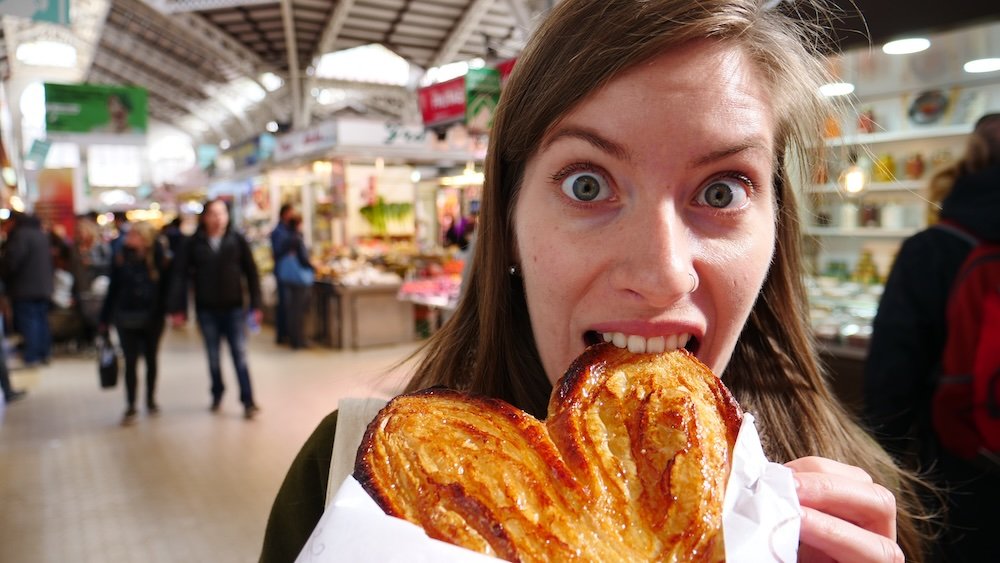
What To Eat and Drink in Valencia, Spain
Introduction: Culinary Roots
Valencia’s gastronomy thrives on fresh produce, Moorish-inspired flavors, and Mediterranean bounty. Each dish merges tradition with local pride. You’ll find paella, of course, but also mouthwatering pastries, hearty stews, and orchard-fresh fruits. Let’s break down the things to do for your taste buds, from morning coffee to late-night tapas.
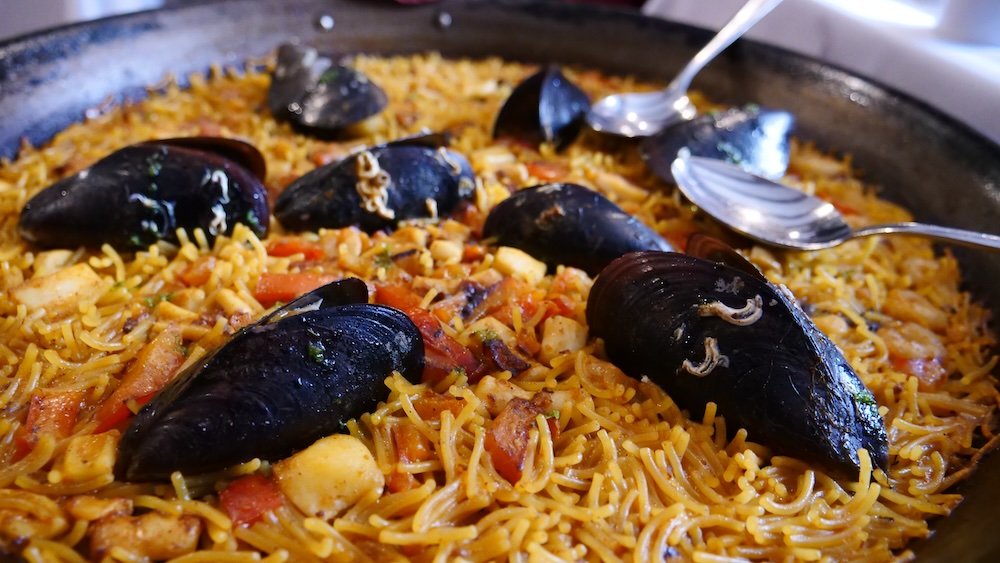
Classic Valencian Dishes
- Paella Valenciana: The region’s claim to fame, made with chicken, rabbit, green beans, and saffron.
- Fideuà: A noodle-based cousin of paella, often loaded with seafood.
- All i pebre: A garlicky eel stew typically from the Albufera region.
These embody local farmland, orchard, and lagoon influences. Savory, comforting, and best enjoyed in a communal setting.
Bold Tip: Ask locals about the best paella spots—some neighborhoods boast family-run eateries overshadowed by tourist traps in the city center.
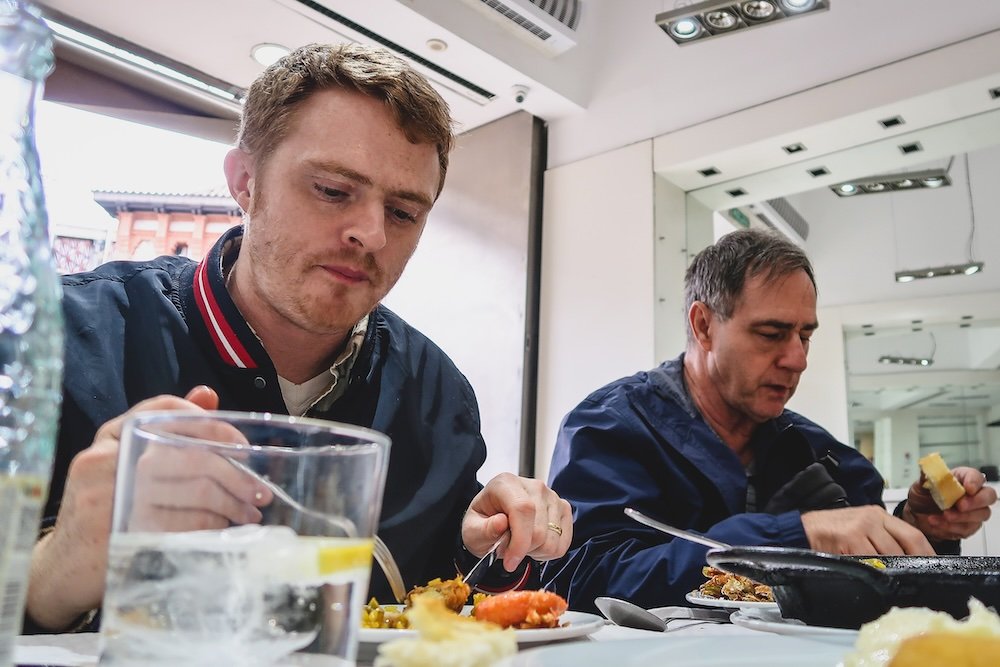
Tapas & Snacks
Tapas bars sprinkle through old quarters, each boasting an array of small plates. Patatas bravas doused in spicy tomato sauce, calamares fritos, or croquetas stuffed with jamón. Some bars might call them “pinchos,” where morsels are skewered with toothpicks. Meanwhile, bocadillos (sandwiches) loaded with tortilla de patatas or jamón ibérico help quell midday hunger. If you see “esgarraet,” that’s a local tapa of roasted peppers, salted cod, and olive oil—smoky and addictive.
- Enjoy a casual midday nibble with a cold beer or tinto de verano.
- Some bars offer a “menú del día” at lunch—affordable and filling.
- Late-night tapas runs are common if dinner extends past 9 p.m.
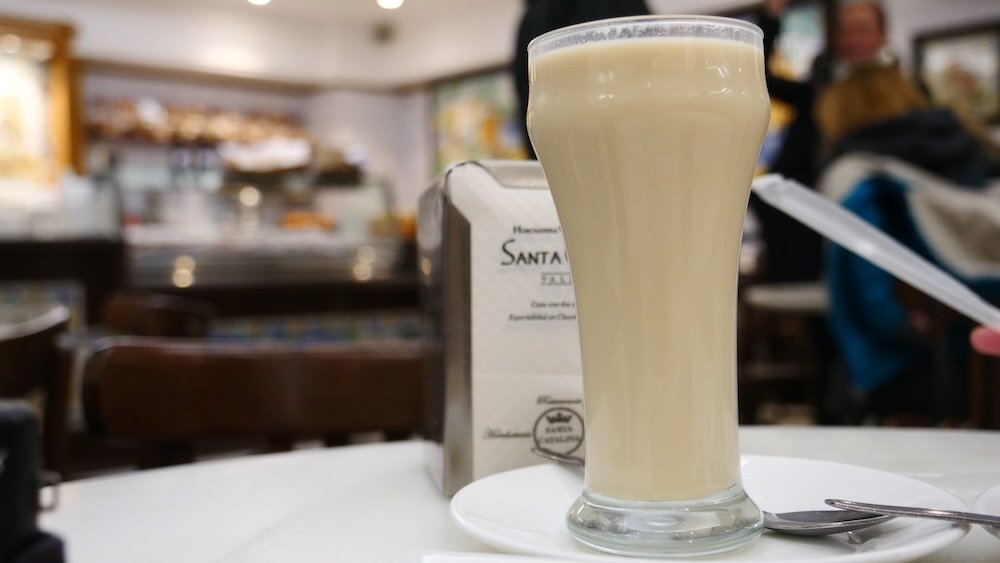
Sweets & Pastries
Valencia’s horchata (from tiger nuts) pairs with fartons pastry—light and sugary. But if you’re a pastry lover, you’ll also spot ensaimadas (spiraled buns) or buñuelos (fritters) around festival times. The region’s famed oranges also show up in desserts or juices. Don’t skip a slice of tarta de calabaza (pumpkin pie) if you find it, especially in local bakeries. The sweet-tooth tradition runs deep, so expect more than just churros con chocolate.
- Some local pastries reflect Moorish heritage—spices and honey combos.
- Panaderías often open early—grab fresh sweets before exploring the city.
- Vegan or gluten-free options expand each year, especially in hip areas.
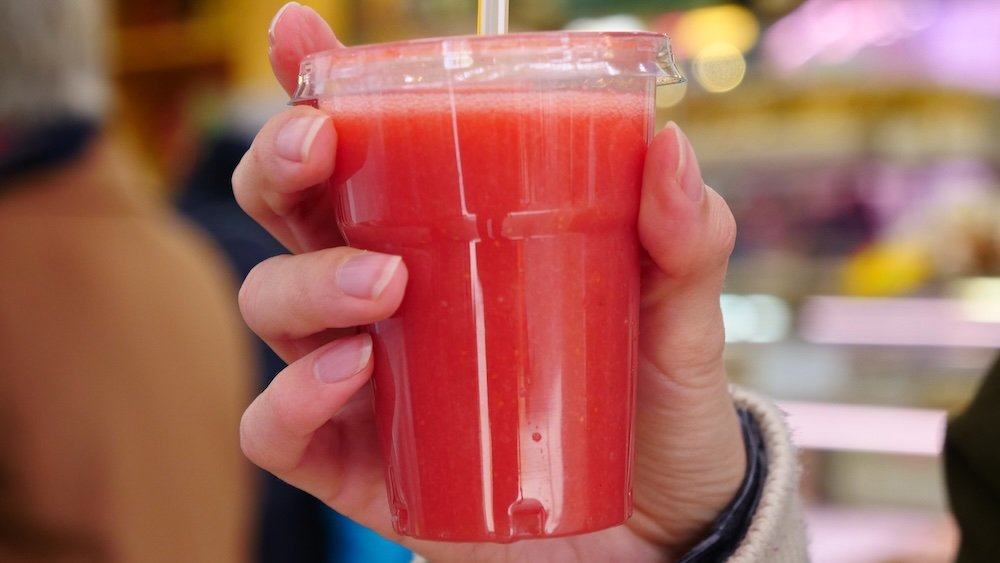
Drinks Beyond Paella
Agua de Valencia is a tangy mix of orange juice, cava, and sometimes vodka or gin. Bars serve it in pitchers, great for groups. Also check out local wines from the Utiel-Requena region—often overshadowed by Rioja or Ribera, but equally delightful. If you prefer beer, craft brands pop up, or go for standard Spanish lagers like Mahou. And finishing a meal with a carajillo (coffee spiked with liquor) remains a Spanish tradition for some.
- Horchata is non-alcoholic but sweet—perfect on scorching days.
- Vermouth culture thrives in many Spanish cities; Valencia is no exception.
- If you want a mild refreshment, try orchata or iced café con hielo.
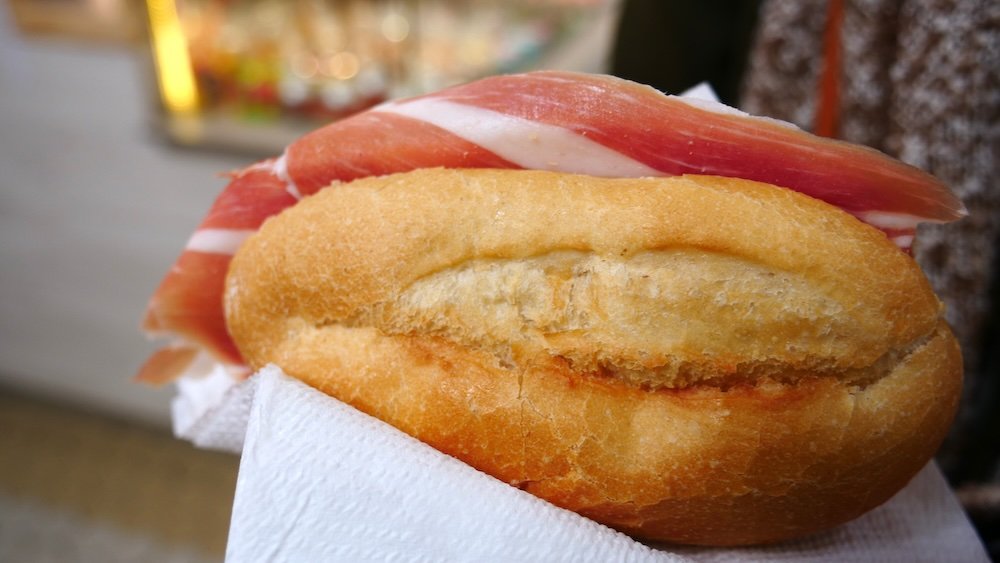
Street Food & Markets
Markets like the Mercado Central or smaller street stalls let you taste jamón slices, cheese samples, or fruit skewers. On weekends, pop-up stands might sell hot buñuelos, churros, or fresh-squeezed juice. This is the city’s raw culinary pulse, capturing daily local life. Stroll with a bocadillo in hand or snag a cone of seasoned olives. The flavors are vibrant, the prices often wallet-friendly.
- Keep some cash—some stall owners skip card machines.
- Ask for minimal plastic—many vendors appreciate eco-friendly travelers.
- If offered a sample, don’t be shy—taste leads to deeper conversation or new favorites.
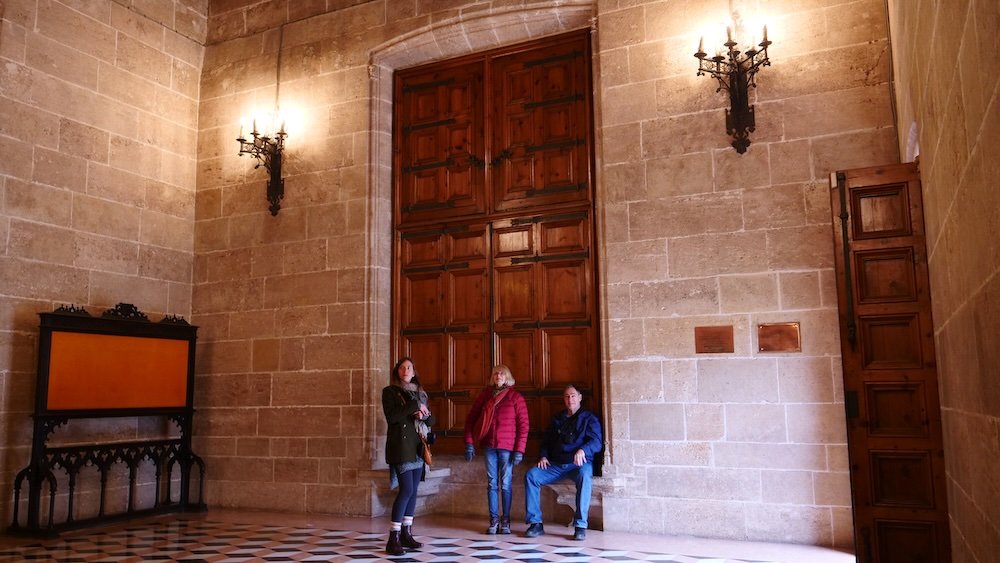
Tours For Visitors To Valencia, Spain
Intro: Guided Adventures
Valencia brims with things to do. If you’d like structure or deeper local knowledge, tours can clarify the city’s secrets and keep you from missing hidden corners. Below are top picks that help you engage more intimately with Valencia’s heritage, flavors, and surroundings.
1) City Walking Tour
A walking tour through Valencia’s old quarter unearths centuries of layered history. Guides might lead you from the cathedral to the Silk Exchange, telling tales of Moorish influences, medieval trade, and modern transformations. You’ll pass squares like Plaza de la Virgen, hearing how daily life interweaves with historical stones. Some tours also include a tapas stop—refueling with local bites. Perfect for first-timers wanting an essential orientation. Typically 2–3 hours, it covers main highlights while leaving you wanting more.
- Some tours are tip-based, others have fixed fees—check websites.
- Morning sessions avoid midday heat and crowds.
- If Spanish is tricky, find an English-led group or smaller private guide.
Tip: Ask guides about personal restaurant favorites; locals always know hidden culinary gems.
2) Bike Tours around Turia Park
Turia Park is a scenic playground for bike tours that typically swing through City of Arts and Sciences, the old riverbed, and other areas. Guides pedal with groups, explaining architecture or city anecdotes. The route can stretch from the historical center to the modern edges, showcasing how Valencia merges old and new. You’ll breeze past orchard areas or near the beach, depending on the itinerary. Even novices find these tours accessible, as Valencia is relatively flat. A great way to see more ground than on foot.
- Some companies provide helmets, but you might want to bring your own if that’s your comfort level.
- Water and sunscreen are crucial, especially in warm months.
- The pace is usually relaxed, with short stops for photos or commentary.
Tip: Double-check the length—some tours run 3-4 hours, so ensure you’re comfortable riding that long.
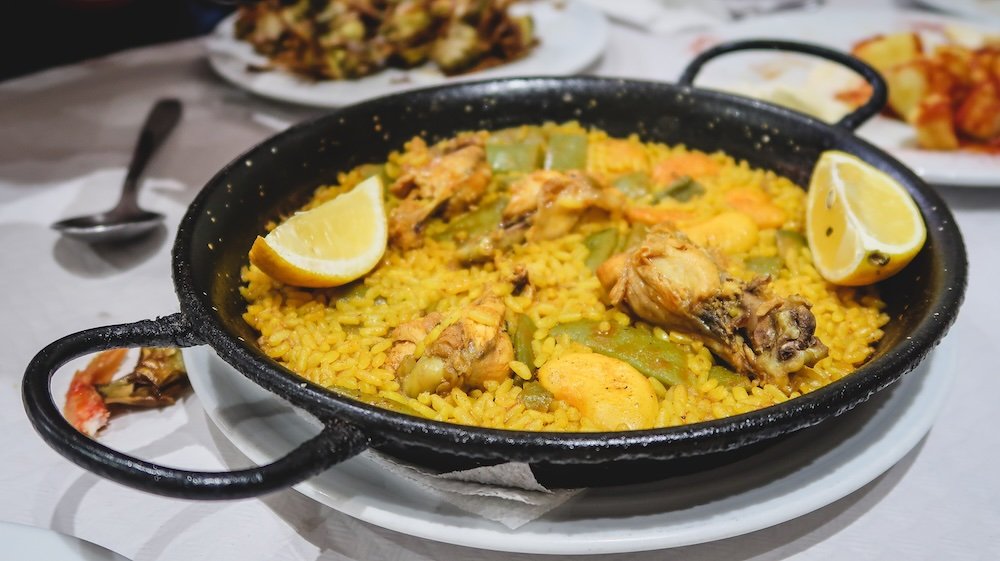
3) Culinary Tours & Paella Classes
Valencia is a food lover’s paradise, so a culinary tour or paella cooking class can enlighten your taste buds. You might start at Mercado Central, picking fresh ingredients, then move to a kitchen to craft authentic paella. Others revolve around tapas bars, sampling local wines and dishes. Guides share fun facts about each recipe’s origin, bridging you to Spanish culture. These experiences transform mealtime into a deeper understanding of local produce, traditions, and family recipes.
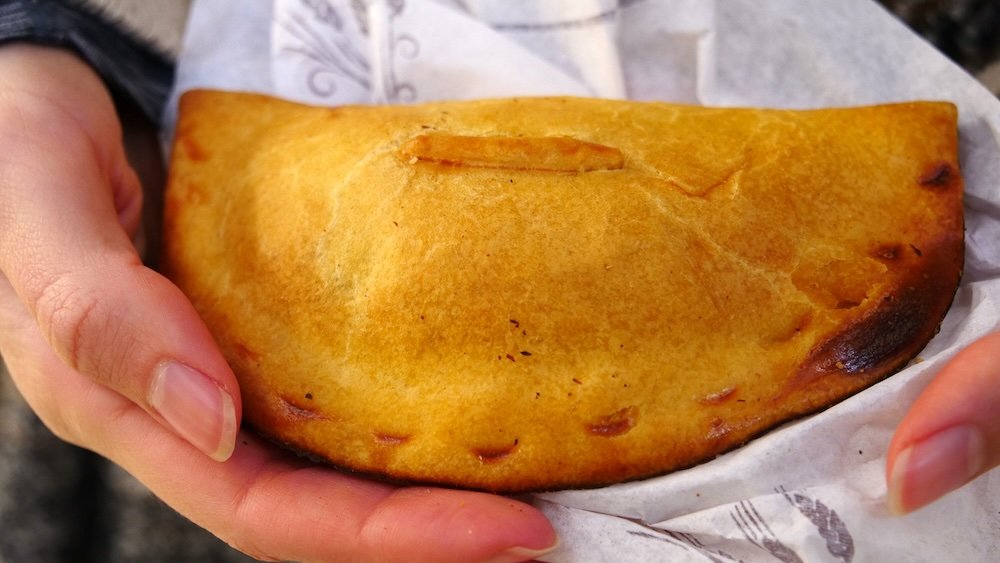
- Classes often end with you feasting on your creation—best reward ever.
- Some tours incorporate horchata tasting or a quick orchard visit.
- Group sizes vary—smaller ones let you ask more questions.
Tip: Inquire if you can adapt recipes for dietary needs—vegetarians or gluten-free folks can still enjoy a creative spin on paella.

4) Historical & Cultural Bus Tours
For those short on time or preferring minimal walking, a bus tour hits Valencia’s top landmarks swiftly. Many use open-top double-deckers offering hop-on, hop-off routes. They typically pass the cathedral, City of Arts and Sciences, beaches, and key squares. An audio guide reveals tidbits about each site in multiple languages. You can jump off at spots that intrigue you, then catch the next bus. Great if you love a no-stress approach or have mobility concerns.
- Schedules vary by season; confirm the last bus time to avoid being stranded.
- Sit up top for panoramic city views, though bring a hat for sun.
- In low season, bus frequency might be reduced.
Tip: Start early in the day to see more stops without rush.
5) Day Trip Tours (Albufera, Xàtiva, etc.)
We’ll detail day trips more in another section, but guided tours to Albufera for boat rides or to Xàtiva for castle exploring can simplify logistics. No need to fuss with train timetables or rental cars. Guides typically add historical context, ensuring you get the story behind each ruined fortress or lagoon. Some tours toss in local meal stops—like tasting authentic paella in Albufera’s rice-producing region. Ideal if you want deeper engagement without planning headaches.
- Full-day tours can run 8-10 hours, so pace your energy.
- Book in advance if traveling in peak season—buses fill quickly.
- Some tours may do multi-stop combos, so read the itinerary carefully.
Tip: Check reviews or ask about group size—a smaller group often grants more personalized experiences.
Final Tour Considerations
- Language: Many tours offer English, but confirm if you want that clarity.
- Group Size: Big tours cost less but can feel rushed; smaller ones cost more but yield deeper interactions.
- Budget: Factor entry fees if they’re not included in the tour price.
- Timing: Some experiences—like paella classes or boat tours—fit best in midday or early evening.
- Interests: Choose tours matching your passion: food, architecture, nature.
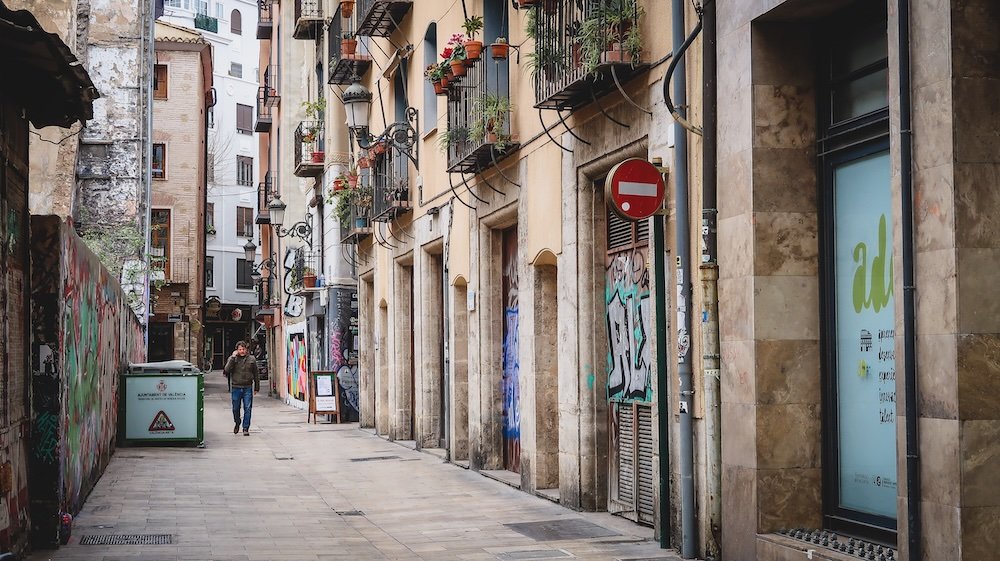
Valencia Accommodations Guide: Hotels, Guesthouses and Hostels
Intro: Finding Your Base
Choosing a lodging that suits your style is crucial for a smooth Valencia travel guide experience. Some prefer the ancient cobblestones of the old city, others want a beachside vibe. Let’s decode neighborhoods, lodging types, and tips to ensure restful nights between your things to do.
Neighborhood Overview
- Ciutat Vella (Old Town): Surrounded by historical landmarks, easy strolling to main squares, lively at night.
- Eixample: Gridded boulevards, modern shops, and a bit quieter—still close to downtown.
- El Cabanyal / Malvarrosa Beach: Coastal settings, relaxed vibe, perfect for sun-lovers.
- Ruzafa: Trendy area with bohemian cafes, nightlife, and artsy flair.
Each zone brings unique pros and cons. We’ll break down accommodation categories within them.
Hotels: From Budget to Luxury
Valencia hosts global chains and boutique independents. In Ciutat Vella, you’ll find old convents turned into charming hotels, steps from iconic sites. Eixample has mid-range or upscale business hotels, polished and efficient. Near the beach, resort-like properties cater to sun-seekers, often with pools or sea views. Luxury travelers might choose 5-stars with rooftop bars and wellness spas, located in prime zones. If you crave modern architecture, the area near City of Arts and Sciences also has sleek hotels.
- Check if breakfast is included—some deals highlight a hearty buffet.
- Parking downtown can be scarce; confirm if hotels offer private parking or discounts.
- Early booking for festivals like Fallas is crucial—prices skyrocket fast.
Guesthouses & B&Bs
If you prefer cozy, local vibes, guesthouses or B&Bs can charm. In older neighborhoods, these might occupy centuries-old buildings with stone walls or wrought-iron balconies. Owners often share personal tips, from secret tapas bars to less-touristy markets. It feels homey, especially if breakfast is homemade. Ruzafa or El Carmen typically host a few hidden B&B gems, bridging convenience with a neighborly atmosphere.
- Some guesthouses skip 24-hour reception—plan check-in times carefully.
- Stairs, not elevators, are common in older builds—pack light if mobility is an issue.
- Ask about noise levels if near nightlife zones.
Hostels for Budget Wanderers
Hostels thrive around the city center or near the beach. A dorm bed can cost less than a fancy dinner, so you can spend more on experiences. Hostels often have communal kitchens, letting you save on meals. They also host social events—pub crawls or group dinners—helping you meet other travelers. Some are modern with pod-style bunks, others are basic but friendly. For a laid-back vibe plus wallet-friendly rates, hostels tick the box.
- Read reviews for cleanliness and security references.
- Lockers are standard; bring your own padlock.
- Female-only dorms exist if you prefer that environment.
Location Tips
Want immediate old-town immersion? Grab a place in Ciutat Vella. Craving nightlife? Ruzafa or El Carmen might suit. If the beach calls, stay near Malvarrosa, though you’ll be a metro ride from historical spots. Families might appreciate Eixample’s calmer, broad streets, plus good transit links. Each day, weigh whether you prefer stepping outside into lively streets or quiet residential corners.
- The city’s public transport is decent—commuting from a distant neighborhood can still be easy.
- If you prefer not to hear party chatter at 2 a.m., avoid top bar zones.
- High season (summer, March Fallas) means higher rates—book months ahead.
Booking & Final Considerations
- Check cancellation policies—some festivals enforce non-refundable reservations.
- Look for special deals on hotel websites or aggregator platforms.
- Inquire about local city taxes or fees (impuesto turístico).
- Evaluate amenities: do you need a pool, strong Wi-Fi, or a 24-hour desk?

Day Trips From Valencia, Spain
Intro: Why Leave the City?
Valencia teems with things to do, but day trips expand your Spanish adventure. From quaint coastal towns to inland vineyards, the region offers varied escapes. Below are some favorites for a quick foray beyond city limits.
1) Albufera Natural Park
Just a short ride from downtown, Albufera is a tranquil lagoon ringed by rice paddies. Boat tours lead you across calm waters at sunset, unveiling pink skies and herons gliding by. Locals claim the best paella roots here, thanks to the region’s ample rice fields. The vibe contrasts Valencia’s urban hustle—serene, green, and steeped in tradition. Some tour combos let you cook paella in a farmhouse. Perfect for nature lovers or gastronomes seeking fresh air.
- Buses or organized tours connect Valencia to Albufera’s visitor center.
- Bring insect repellent—mosquitoes may join you at dusk.
- Some restaurants are perched by the lagoon, offering watery panoramas.
Tip: Time your boat ride near sunset—photos become magical with the golden hue over the lagoon.
2) Xàtiva
A 40-minute train trip lands you in Xàtiva, a hilltop castle town brimming with medieval charm. The castle itself stretches dramatically along a ridge, offering sweeping countryside views. Wander fortress walls, imagining old battles that left pockmarks still visible in the stone. Down in the town, discover cobbled lanes, historical squares, and a slower pace. If you love age-old architecture minus big city crowds, Xàtiva is your ticket. Don’t forget a hearty lunch at a local tavern, sampling regional specialties.
- The climb to the castle can be steep—arrive with comfy shoes or use a taxi.
- Some shops sell local sweets or artisanal cheeses.
- The castle splits into two sections—explore both if time allows.
Tip: Bring water and a snack—castle cafes might be limited or pricey.
3) Peñíscola
Peñíscola is a seaside gem with a fortress perched on a rocky headland. The old town’s narrow lanes huddle around the Templar Castle, once a papal seat. Beaches sprawl below, luring sunbathers in warmer months. You might spot filming locations too—Peñíscola cameoed in “Game of Thrones.” The scenic combo of medieval walls and turquoise waters wows visitors. Expect about a 1.5-hour drive or bus trip from Valencia.
- The promenade is lined with shops hawking beach gear or souvenirs.
- Castle entry is usually a modest fee—worth it for coastal vistas.
- Seafood paella along the waterfront can be delightful.
Tip: Wear sturdy sandals—the old town’s stone steps can be slippery.
4) Requena-Utiel Wine Region
Mentioned earlier, Utiel-Requena suits an extended day trip for wine fans. Bodegas open for tours, tasting Bobal reds or Macabeo whites. Rolling vineyards and quiet villages exude rural charm. Some tours add a leisurely lunch among vines or in a rustic stone cellar. If you need a break from city hustle, a wine-laden countryside escape beckons. Return with a bottle or two as a souvenir—taste memories sealed inside.
- Some smaller bodegas require advanced reservations.
- Tasting fees are often waived if you purchase a certain quantity.
- Driving isn’t recommended if you plan multiple tastings—book a guided bus or private driver.
Tip: Ask about local cheese pairings—wine complements them gorgeously.
5) Castellón & Coastal Towns
North of Valencia lies Castellón province, boasting beaches and lesser-known gems. Towns like Benicassim or Oropesa del Mar combine sun-kissed sands with a laid-back vibe. If you’re partial to sea breezes and fewer crowds than Valencia’s main beach, it’s a lovely alternative. Some areas even have mountain backdrops meeting the sea, perfect for short hikes. You can lounge near the shore, sample local seafood, then head back by evening. A breezy day trip for those craving mild coastal ambiance.
- Check trains to Benicassim—commuters take them from Valencia’s Estació del Nord.
- Summer sees more tourists, so consider off-season for quieter beaches.
- Towns might hold small festivals—catch one if your timing’s right.
Tip: Research local hiking trails if you want to combine beach relaxation with scenic hill walks.
Day Trip Tips
- Transport: Buses and trains from Valencia are quite reliable; renting a car adds flexibility but can be pricier.
- Timing: Start early for max exploration, especially if you want sunset at your chosen site.
- Weather: Some inland areas can get toasty in summer—dress light and stay hydrated.
- Local Info: Tourist offices in each location often supply maps or multilingual brochures.
- Budget: Factor in possible entry fees (castle, museums) plus lunch if you plan a full day.

Valencia Transportation Guide
Intro: Moving Around with Ease
Navigating Valencia’s things to do is simpler than you might expect. The city’s moderate size, an efficient bus/metro network, and walkable center ensure minimal headaches. Below is how to streamline your local transit, plus tips for tackling airports, trains, and beyond.
Metro & Tram
The Valencia Metro merges with a tram system for coastal routes. Lines connect downtown to outlying districts, airport, and beach areas. Modern trains are frequent, though not as extensive as bigger cities. Tickets can be single-use, but multi-day or rechargeable cards save money. Station announcements typically have Spanish and sometimes English. For major attractions—like City of Arts and Sciences—some lines are direct, others require transfers.
- The airport (Aeroport) is reachable via Metro line 3 or 5—check timetables.
- Validate each ride by tapping your card at gates.
- Late-night schedules might be limited—confirm if staying out late.
EMT City Buses
EMT runs local buses, color-coded by route. They fill gaps where the Metro doesn’t reach, especially near the beaches or older neighborhoods. Digital signs help you gauge arrival times, though Spanish knowledge helps read route maps. If you prefer contactless, the same travel card might apply. Buses can get busy in rush hour or festival times. However, the city’s fairly compact, so shorter routes might just be a 15-minute walk.
- Some lines run 24 hours on weekends—great for nightlife.
- Keep small change if you buy tickets onboard; drivers might not break big bills.
- Mind your valuables—typical city caution in crowded vehicles.
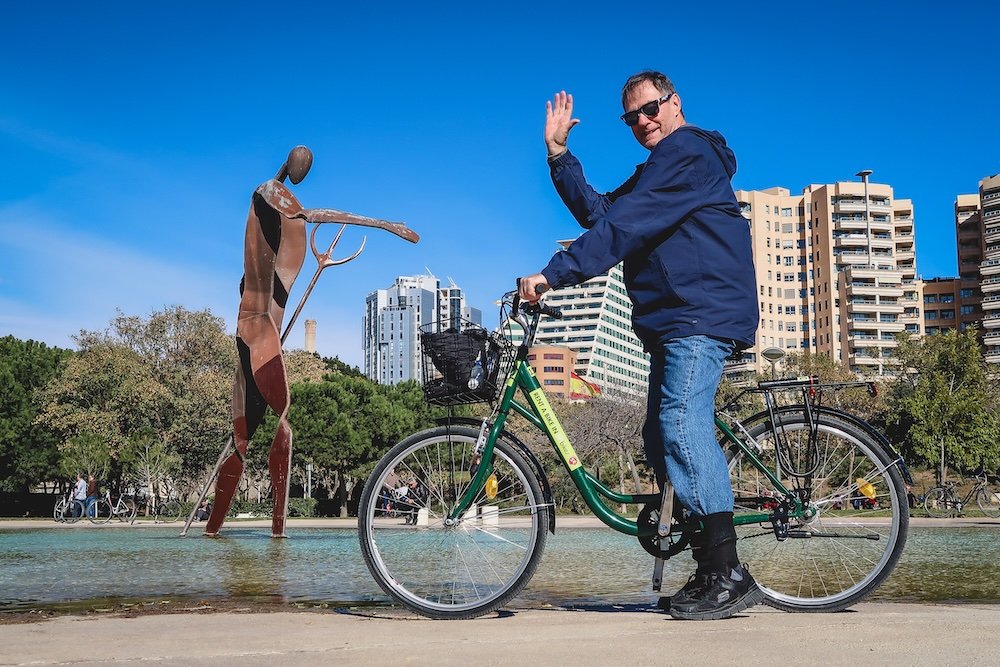
Biking & e-Scooters
Valencia embraces biking with an ever-expanding cycle lane network, especially around Turia Park or beach roads. A public bike-share system, “Valenbisi,” offers short-term rentals via stations dotting the city. E-scooters also appear, though check local rules—some areas disallow sidewalk riding. If you love fresh air and exploring at a leisurely pace, bikes are great. But be mindful of traffic in busier roads or roundabouts.
- Registering for Valenbisi can be a bit complex—short tourist passes exist.
- Always lock your bike if stepping away, even briefly.
- Helmets are recommended, though not strictly mandated for adults.
Walking in Ciutat Vella
Valencia’s Old Town is best explored on foot. Narrow lanes, hidden plazas, and spontaneous street art demand slow-paced strolling. Distances are short, letting you see major landmarks within half a day. Just watch out for cobblestones that can be slippery or uneven. A comfortable pair of shoes and a decent map or phone GPS suffice. Afternoon heat might push you into shady alleyways or a café break.
- Pedestrian-only streets make strolling pleasant, especially near the cathedral.
- Some store signs are in Valencian (Catalan dialect) plus Spanish—charming but can confuse if you rely on signage only.
- Evening walks are safe in main zones, though keep standard city awareness.
Car & Scooter Rental
If you want day trips or plan to roam beyond city bounds, renting a car is an option. However, city parking can be tight or expensive. If you stay central, public transport or bikes might be easier. Scooters or small motorcycles appear as another choice for zipping around, but consider Spanish driving norms. If you do rent, aim for lodging with included parking. Gas stations are not hard to find, but ensure you navigate properly—some old streets are one-way labyrinths.
- Traffic can spike during rush hours or around festival closures.
- Spanish signage differs from some countries—get familiar with basic road signs.
- Car rentals typically require a credit card deposit and valid license. If from outside the EU, an international driving permit helps.
Getting to Valencia
- By Plane: Valencia Airport sits about 8 km from downtown. Metro lines 3 and 5 connect you.
- By Train: Estació del Nord or Joaquín Sorolla (for high-speed AVE) link major Spanish cities.
- By Bus: Intercity coaches arrive at the main bus station near Turia Park.
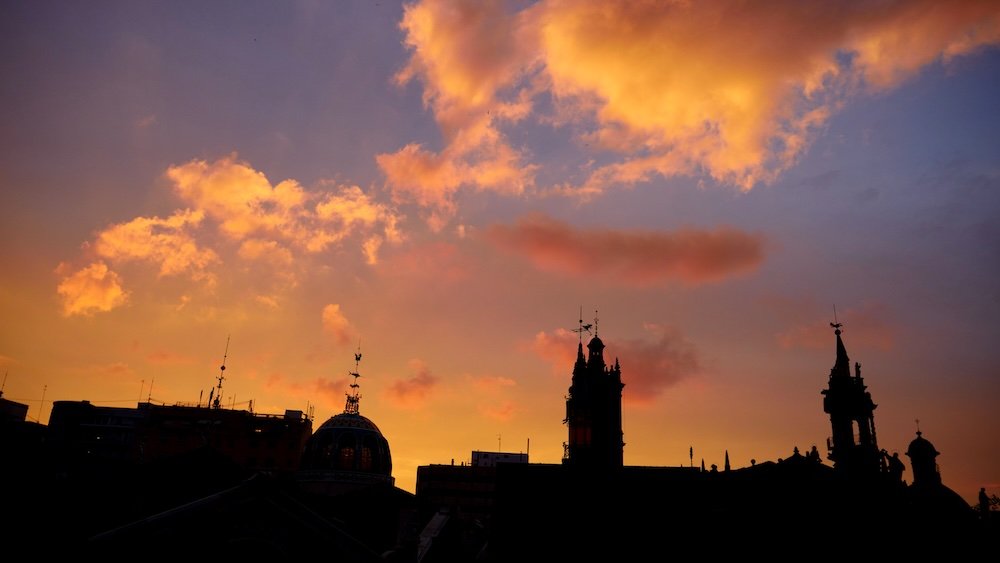
Valencia travel questions answered: practical tips, local insight and on-the-ground advice
How many days do you really need in Valencia for a first visit?
Three. With three full days you can properly explore the Old Town, spend unhurried time at the City of Arts and Sciences, wander Turia Park, and still make it out to the beach. Two days works in a pinch if you focus on the historic centre plus either Turia Park or the futuristic side of the city, but you will be moving fast. If you have four or five days you can add at least one day trip, like Albufera for paella and boat rides or Xàtiva for its hilltop castle, without feeling rushed.
What is the best time of year to visit Valencia and avoid the worst crowds and heat?
It depends. Valencia has a classic Mediterranean climate: hot, dry summers, mild winters and relatively low rainfall. Spring (March to May) and autumn (September to November) are the sweet spots, with daytime highs often sitting in the low to mid-20s Celsius, fewer crowds than peak summer and enough sunshine to enjoy café terraces and the beach. Summers can climb into the 30s and feel intense in the middle of the day, though they are perfect if you mainly want beach time. Winters are generally mild and quieter, with some rain and cooler evenings but still very visitable compared with northern Europe. If you come in March, be aware that Fallas, usually centred around 15–19 March, turns the city into a firecracker-filled, incredibly fun chaos with higher prices and fully booked rooms.
Is Valencia safe for solo travellers, including at night?
Yes. Valencia is widely considered one of Spain’s safer big cities for visitors, with relatively low levels of violent crime. The main issues are the usual city problems: pickpockets on busy streets, in the historic centre, on public transport and around nightlife areas, plus the odd phone or bag grab if you leave things unattended. Simple habits go a long way: use a cross-body bag that zips, keep your phone out of your back pocket, avoid leaving valuables on café tables and be extra mindful on packed metro or bus rides. Most solo travellers, including women, report feeling comfortable walking in the main central areas at night, as long as they use standard big-city common sense.
Which Valencia neighbourhood is best to stay in on a first trip?
For a first visit, Ciutat Vella (the Old Town) is the classic choice if you want to step out your door into history. You are close to the cathedral, the market and most of the big sights, but you will also deal with more noise and crowds. Ruzafa has a creative, slightly hipster vibe with great cafés, bars and restaurants, and it is still walkable or a short bus ride from the centre. Eixample feels more residential and elegant, with broad streets and a calmer atmosphere that works well for families. If you are all about the sea, look at Cabanyal and Malvarrosa near the beach; you will travel into the centre for museums and the cathedral, but you get sunrise walks along the promenade and an easy stroll to seafood restaurants.
Do I need a car in Valencia, or is public transport enough?
Nope. You can comfortably do an entire Valencia trip without ever renting a car. The city centre is very walkable, and the combination of Metrovalencia (metro and tram), EMT city buses and bike lanes covers most of the places a visitor wants to go, including the airport, the City of Arts and Sciences, the beach and the main bus and train stations. For popular day trips like Albufera or Xàtiva, buses and regional trains do a perfectly good job. A car only really becomes useful if you want to string together multiple small villages, remote coves or vineyards in one day and do not want to rely on tour companies.
Is the Valencia Tourist Card actually worth buying?
Sometimes. The Valencia Tourist Card bundles unlimited travel on metro, tram and city buses within the urban zones (including the airport metro) for 24, 48 or 72 hours, plus free or discounted entry to various museums and attractions and small reductions in some restaurants and shops. It tends to be good value if you are staying central but still planning several metro or bus rides per day, including the airport legs, and you know you will visit a handful of paid sights. If you are mostly walking, using the odd single ticket or bike, and skipping paid museums in favour of wandering and free viewpoints, then individual tickets or a simple rechargeable transport card may work out cheaper.
How expensive is Valencia compared with Barcelona or Madrid, and what daily budget should I plan?
Surprisingly, Valencia is often a bit kinder on the wallet than Barcelona or Madrid. Accommodation, meals out and bar prices tend to run slightly lower, especially outside peak festivals. A rough, very flexible guide: a budget backpacker who stays in hostels, cooks occasionally, uses public transport and does mostly free activities might get by on 60–80 euros per day. A mid-range traveller in a decent hotel or private apartment, eating out once or twice per day and visiting a few paid attractions, is more in the 100–150 euro range. If you like rooftop bars, better hotels and more taxis, think upwards of 180 euros a day. Festivals like Fallas and peak summer at the beach will push those numbers up.
What are the must-see highlights if I only have 2 days in Valencia?
Absolutely. You can have a great taster in two days if you are selective. For day one, focus on the historic heart: explore the cathedral and climb El Miguelete, wander the Silk Exchange, soak up the atmosphere at Mercado Central, check out Plaza de la Virgen and Plaza del Ayuntamiento and finish with tapas in the Old Town or Ruzafa. For day two, spend your morning biking or walking through Turia Park all the way to the City of Arts and Sciences, then pick one or two attractions inside (for example, the science museum and the Oceanogràfic aquarium) rather than trying to see everything. If you still have energy, head to Malvarrosa Beach late afternoon for a walk on the sand and sunset paella by the sea.
What are the best day trips from Valencia and how do you reach them?
Some of the easiest and most rewarding day trips are ones you have already met in the article. Albufera Natural Park is an obvious pick for rice fields, sunsets and traditional paella; buses and tour companies run there from the city, and the ride is roughly 30–40 minutes depending on the exact route and traffic. Xàtiva is great if you want a castle-on-a-ridge vibe and medieval streets; regular regional trains from Valencia’s main stations take roughly 40–60 minutes. Peñíscola is a beautiful coastal town with a castle and beaches; travel time from Valencia is typically around one and a half to two hours by train and bus combination. Wine fans can look at the Utiel-Requena region for vineyard visits and tastings, reached by regional train or organised tour. If you prefer to let someone else handle logistics, several companies sell day tours that package transport, guiding and a meal.
How do you get from Valencia Airport to the city centre?
Easy. Valencia Airport is plugged directly into the metro network on lines 3 and 5, which run into central stations like Xàtiva and Colón in roughly 20–25 minutes. The same ticket covers metro and tram within its zones, and certain tourist passes include the airport legs. Taxis are lined up outside arrivals and typically cost somewhere in the mid-20s to around 30 euros to central neighbourhoods, depending on traffic, time of day and supplements. For late-night arrivals when metro frequency drops, a taxi can be worth the splurge. If you are staying near the City of Arts and Sciences or the beach, check whether a combination of metro plus tram or a direct taxi makes more sense with your luggage.
Is Valencia a good destination for families with kids?
Yes. Valencia is one of those cities where kids have room to run around and plenty to do. Turia Park alone, with its playgrounds and open green space in the old riverbed, can fill half a day. The City of Arts and Sciences has hands-on exhibits at the science museum and a huge aquarium that usually goes down very well with children. Bioparc is designed as an immersive zoo with naturalistic enclosures rather than cages, which tends to be more engaging for kids than a traditional zoo layout. On top of that, the beach at Malvarrosa has wide, flat sand and lifeguards in season, and a lot of Spanish restaurants are unbothered by kids staying up later than they might back home.
How accessible is Valencia for travellers with limited mobility?
Better than many older European cities, though not perfect. Large parts of the central area are flat, and pavements have curb cuts, but the cobblestones and some narrow streets in the Old Town can still be awkward for wheelchairs or walkers. Many metro and tram stations have lifts and step-free access, though not every older station is equally well equipped, so it helps to check specific stops you plan to use. Buses generally kneel and have ramps. Big attractions like the City of Arts and Sciences, Bioparc and the main museums have made accessibility improvements and usually list their facilities on their websites. Where things get trickier is inside older churches, towers and some small guesthouses that still have stairs and no lifts.
What should I wear and pack for Valencia in different seasons?
Light. In late spring, summer and early autumn you will live in breathable fabrics, sunglasses and sunscreen. Summer days can be very hot, so a hat and a refillable water bottle are essential, and you will want something light but respectful for visiting churches (shoulders covered, no super-short shorts). In shoulder seasons a light jacket or sweater for evenings is usually enough. Winter is mild by many standards, but you will still appreciate layers, a proper jacket and maybe a scarf at night. Year-round, bring comfortable walking shoes for cobblestones and park paths, and if you plan on biking a small backpack to stash layers, snacks and gear is helpful.
Do I need to speak Spanish in Valencia, or is English enough?
Mostly, English is fine. In hotels, major restaurants, museums and on tours you will usually find staff who can switch to English without drama. That said, once you step into more local cafés, small shops or markets, basic Spanish becomes very handy, and you will hear Valencian (a local variety of Catalan) in daily life too. A few simple phrases like buenos días, gracias and la cuenta por favor make interactions smoother and usually earn you a warmer response. If you are staying longer, learning how to order coffee or paella in Spanish becomes part of the fun.
Can Valencia work as a day trip from Barcelona or Madrid?
Technically, yes, but it is not ideal. High-speed and intercity trains from Madrid to Valencia take around two hours, and trains from Barcelona to Valencia are typically in the 2 hour 40 to 3 hour range on the faster services. That makes a same-day return possible if you are desperate, but you will spend a big chunk of your day in transit and only scratch the surface once you arrive. If you can give Valencia at least one or two nights, you will enjoy a much more relaxed visit and actually have time for the Old Town, Turia Park and the City of Arts and Sciences instead of sprinting between them.
Are there any common scams or tourist mistakes to avoid in Valencia?
A few. Classic small-time scams like distraction pickpocketing, people thrusting clipboards or petitions at you, or someone “helping” with a ticket machine at a station do pop up, especially in busy tourist areas, so treat your valuables carefully and keep walking if something feels off. On the more innocent side, a big mistake is eating bad paella at the wrong place; anywhere advertising dozens of flavours and serving paella all day long from pre-made trays is usually one to skip. Another common error is underestimating how late Spaniards eat and wondering why restaurants are empty at 7 p.m. but packed at 10 p.m. Finally, people often forget sunscreen and water, especially in spring when the sun already bites harder than you expect by midday.
Valencia Travel Guide: Final Thoughts
Valencia merges Mediterranean sunshine, futuristic things to do at the City of Arts and Sciences, and an Old Town brimming with stories. Each day can shift from unraveling Moorish-era mysteries in the Silk Exchange to sampling paella at a family-run spot near the beach. The city’s balanced pace—fast enough to excite, calm enough to rest—lets you shape your trip to personal preferences. You might stroll shady Turia Park in the morning, delve into a museum by afternoon, then celebrate with sangria.
Hidden Gems
Beyond the big attractions, keep your eyes open for small wonders. An alley crocheted with street art or a local bakery serving sweet fartons with an iced horchata might dazzle you more than any grand monument. Artisans quietly at work in a small studio, or an evening jam session in a random bar, can become cherished memories. Valencia thrives on these local pockets of authenticity. So if a side street beckons, follow it. That spontaneity often yields the best travel tales.
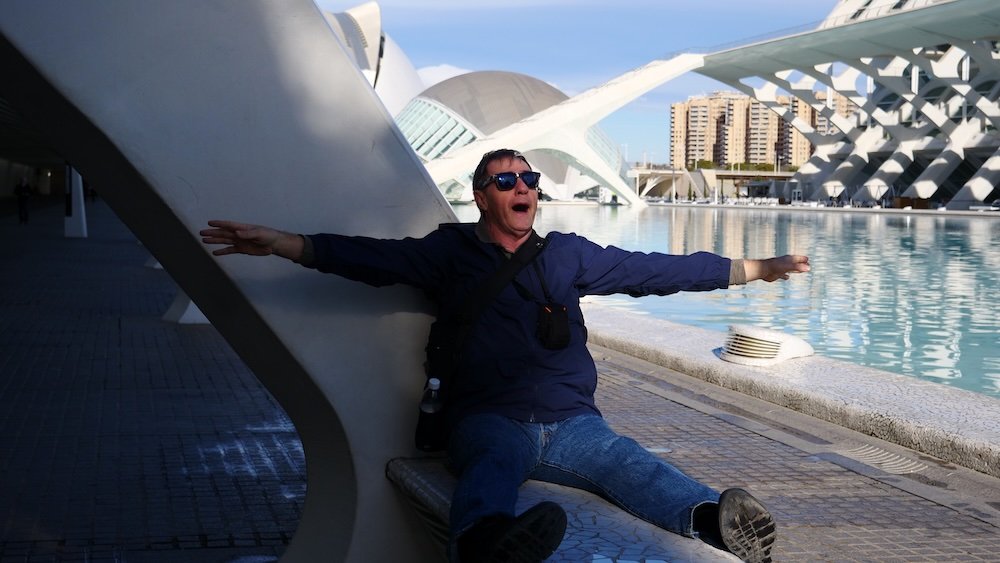
Seasonal Joys
In spring, Fallas explodes with fireworks and monumental sculptures. Summer sees the beaches teeming with sunbathers, plus late-night breezes perfect for open-air dining. Autumn quiets the crowds, letting you meander markets more peacefully. Winter mildness offers an off-season look at the city minus heavy tourism. Regardless of when you come, Valencia’s orchard-fresh produce and mild climate remain constant.
Cultural Fusion
Valencia’s rich history arises from centuries of Roman, Moorish, and Christian influences. You sense it in architectural layers, in dishes that fuse Arabic spice with Spanish tradition, in vibrant festivals bridging the ancient and modern. Locals maintain an easy warmth, quick with a smile or a recommendation for the best local bar. Approach them with a bit of Spanish, or even Valencian phrases, and you’ll likely receive extra kindness.
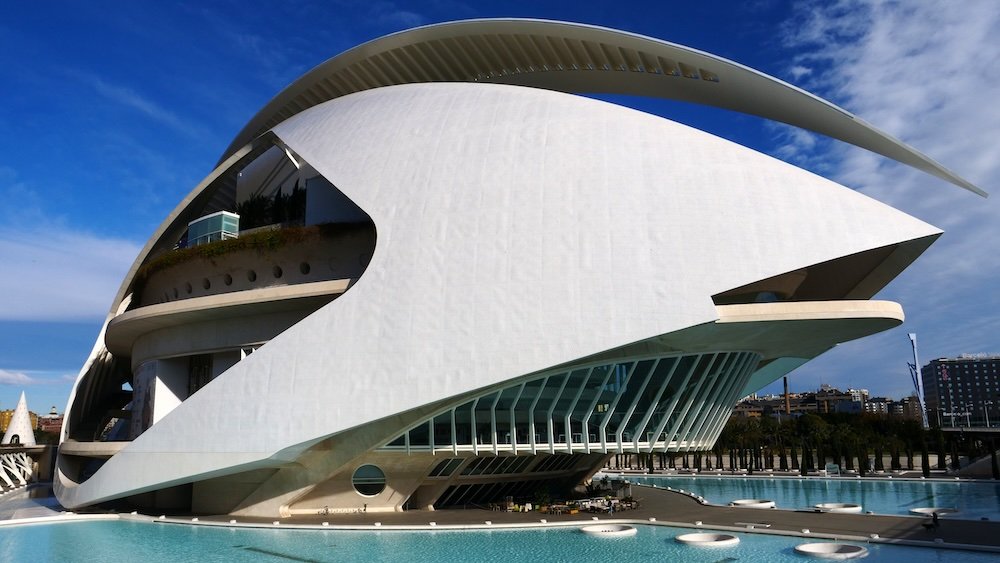
Parting Note
Let the city’s orange-scented breezes and Mediterranean flair sink in. Talk to locals about how they live. Ask them about their favorite orchard or which festival means the most. By bridging iconic must-sees with personal encounters—like a chatty vendor at Mercado Central or a spontaneous singing session in a flamenco bar—you’ll truly connect to Valencia’s beating heart. Happy exploring!
